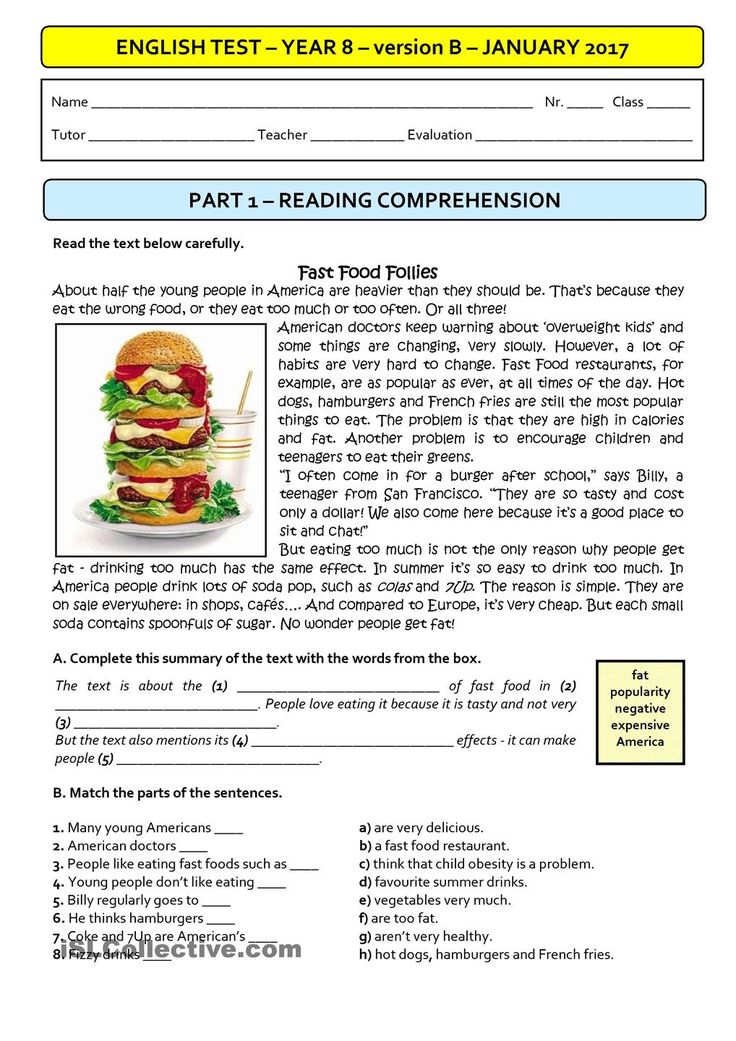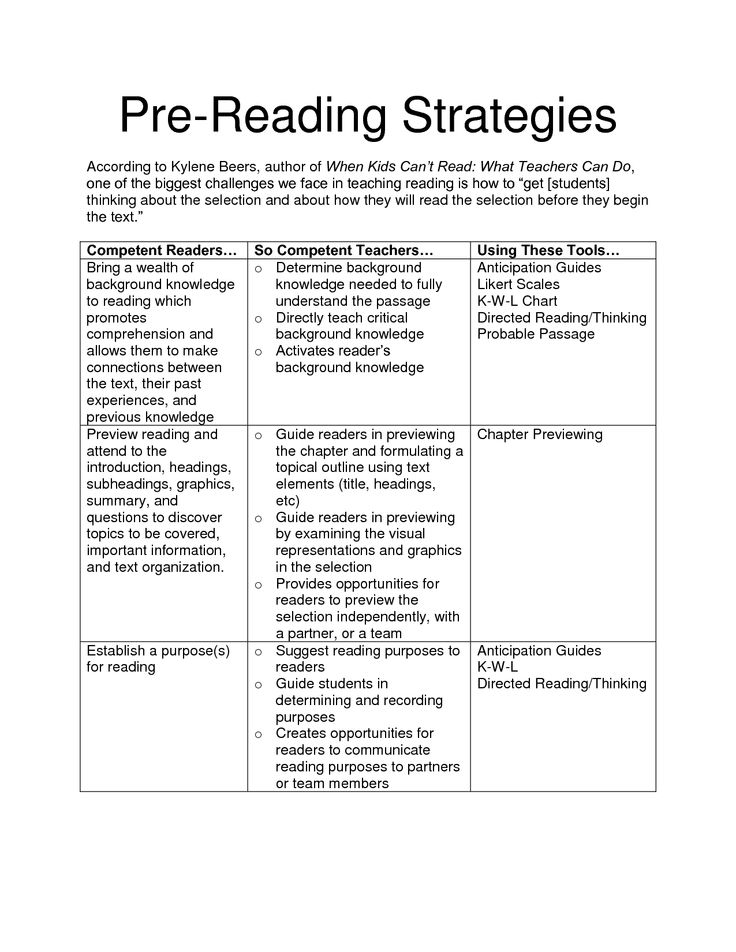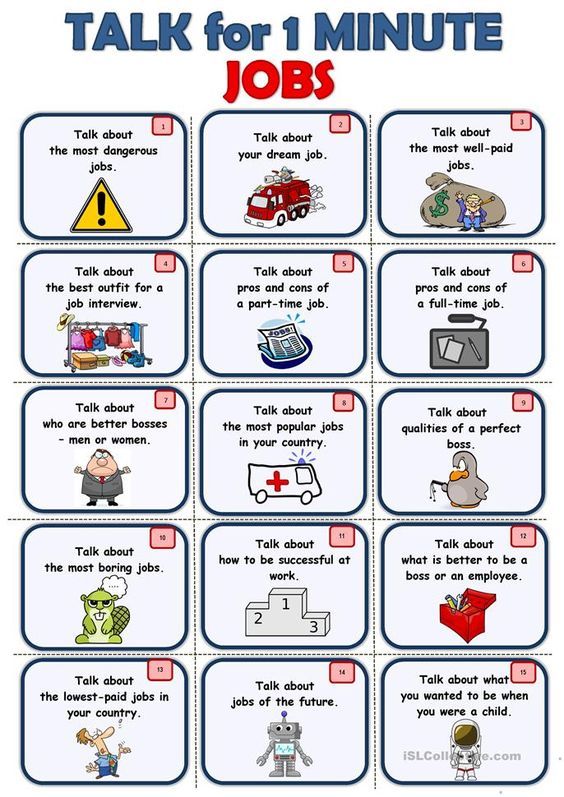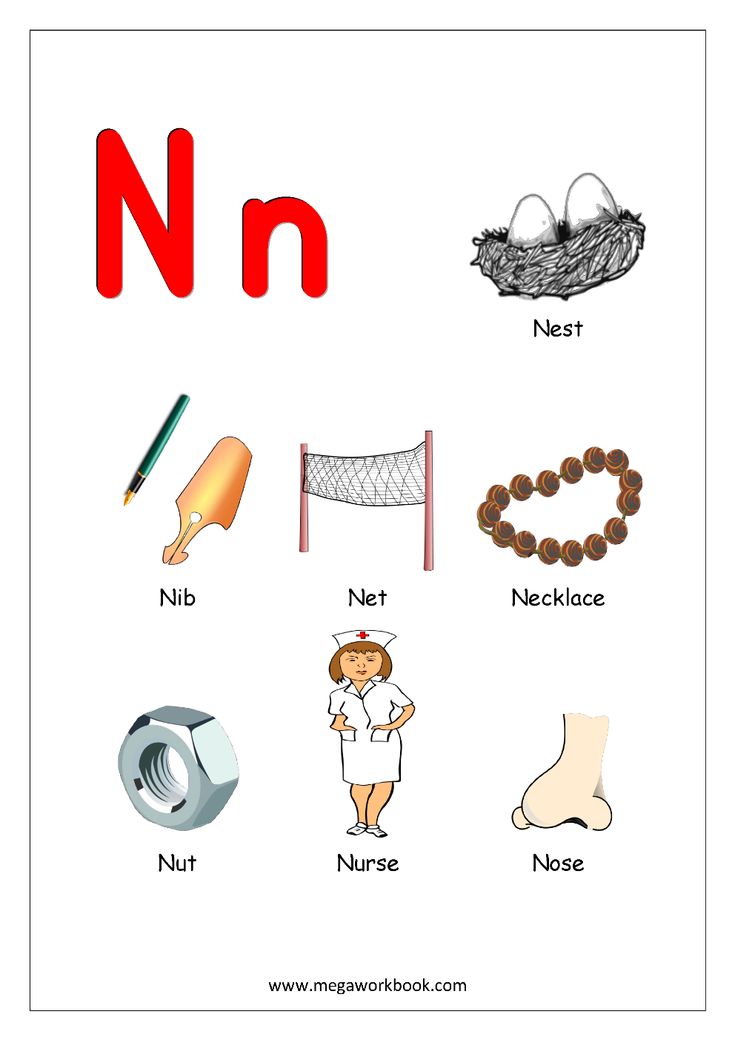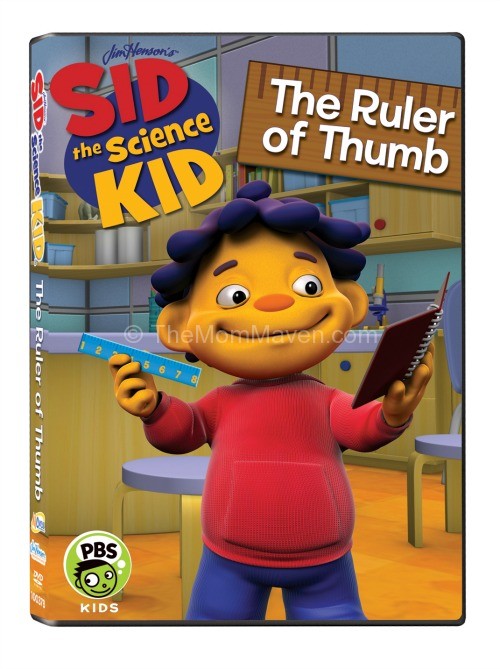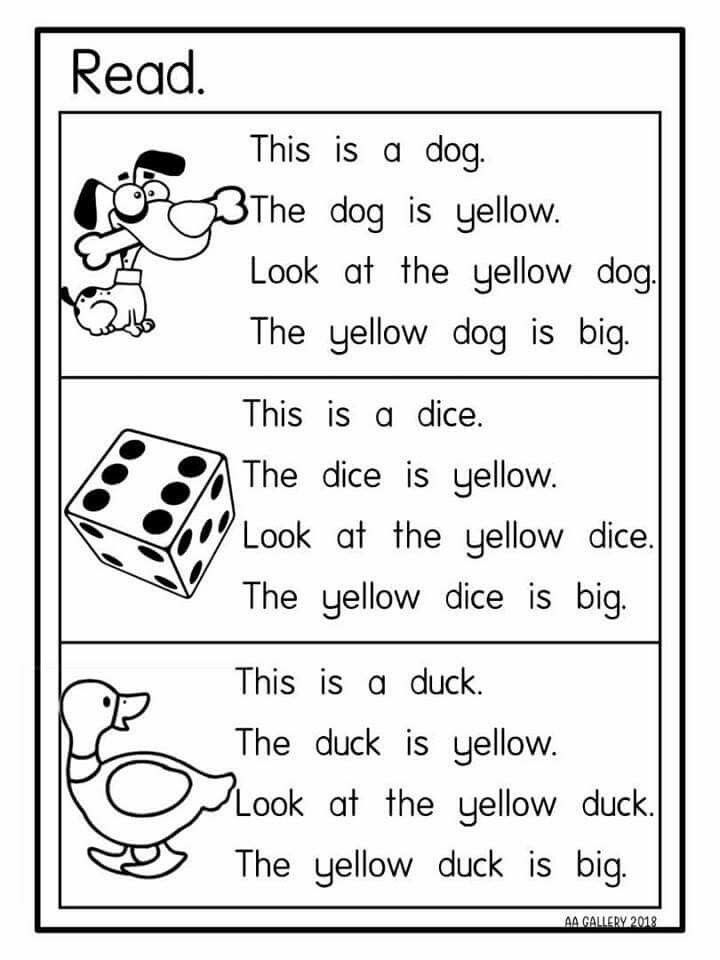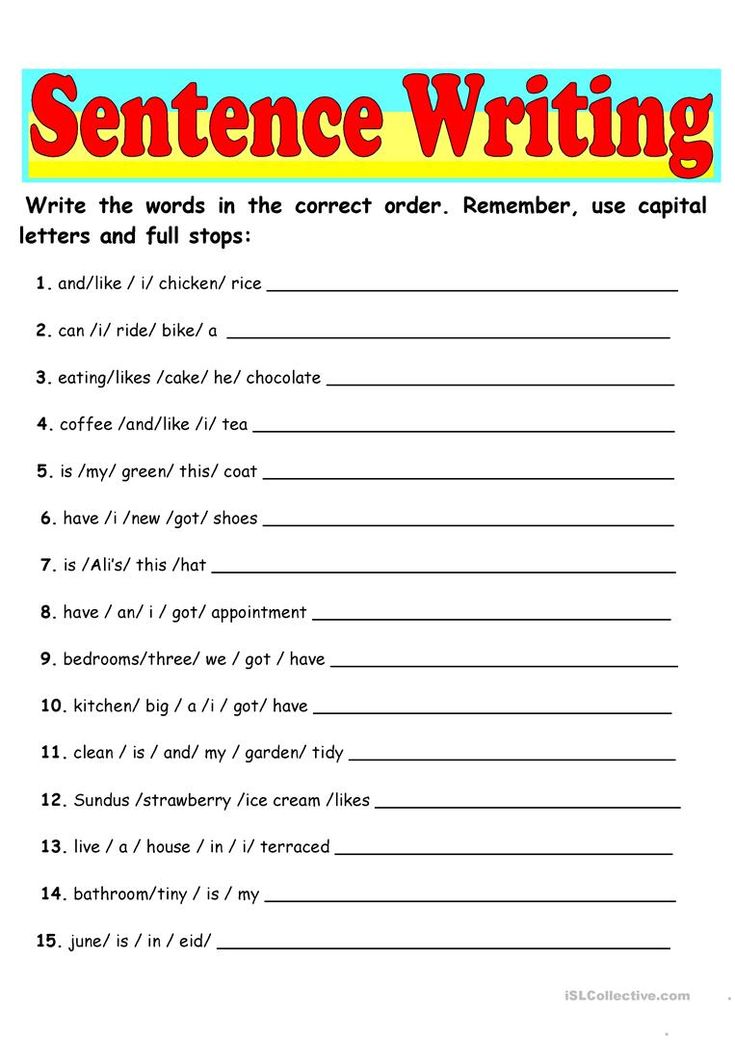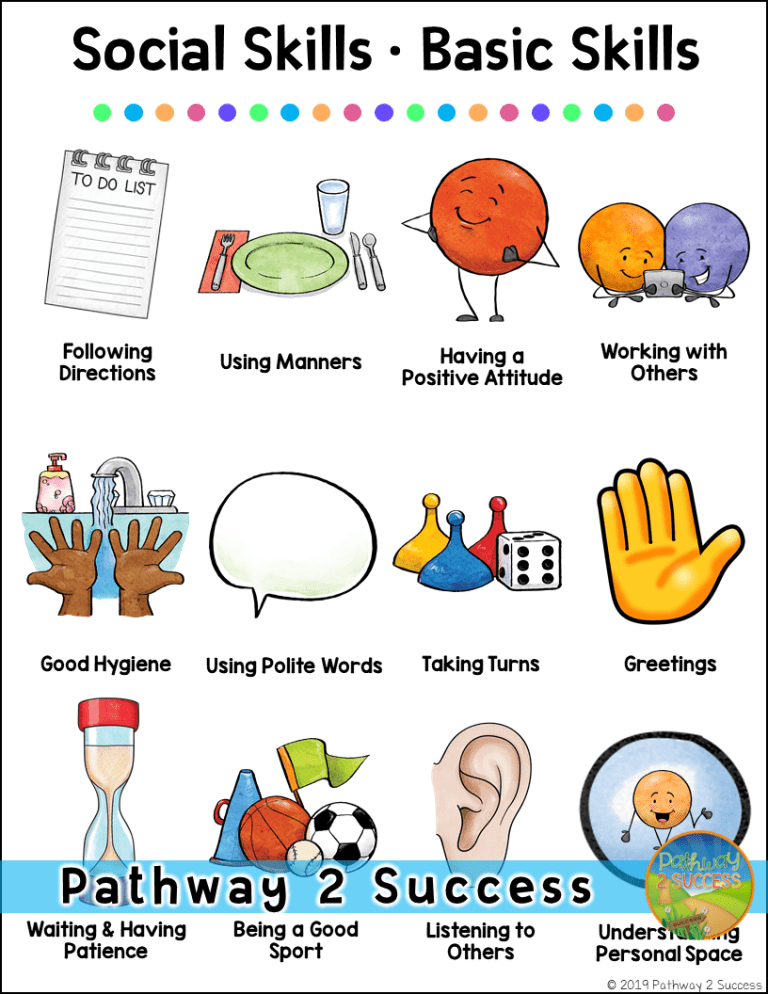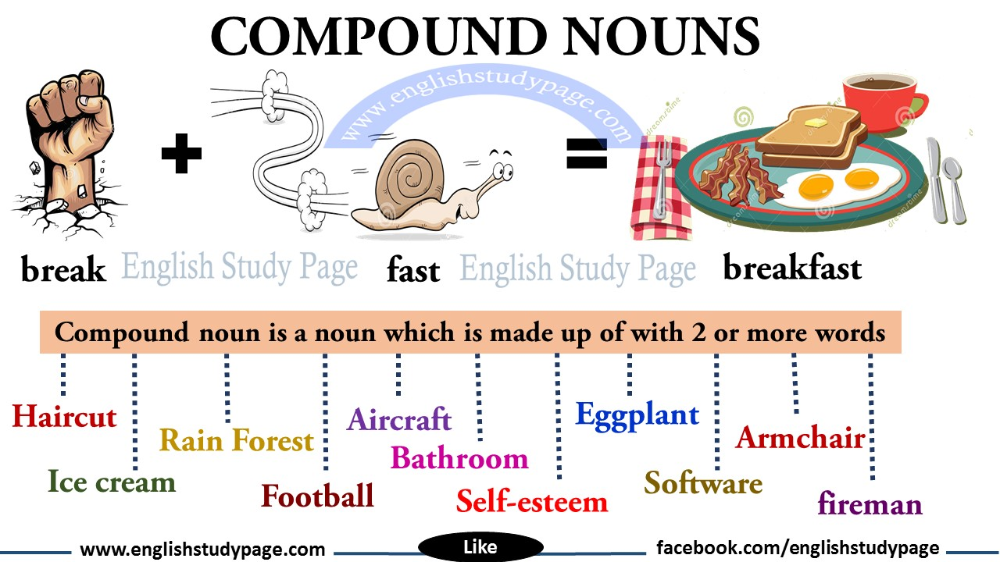How to test reading level for child
How To Determine Your Child’s Reading Level And Choose The Best Books
When you sit down to read a book, you want to enjoy the story in front of you. The same is true for your child. That’s why uncovering your child’s reading level is an important step in fostering their love of words from a young age!
Consider the different factors that allow kids to enjoy the books they read. For example, does it tie into their interests, and is it slated as an appropriate option for their level? By answering these questions, you can make sure they’re reading books that are just right for them!
If your child is in school, you’re probably no stranger to jargon like “reading level.” But what exactly does Lexile Framework, Guided Reading Levels (GRL), or Developmental Reading Assessment (DRA) actually mean?
Additionally, if your child is just starting to read on their own (or already reading independently) and is learning from home, how can you figure out what reading level is right for them? If any of these thoughts have crossed your mind, you’ve come to the right place.
We’re here to answer your questions so you and your child can sit down and enjoy a good book together!
What Is A Reading Level?
A reading level is simply a measure of your child’s ability to read text. It reflects how well your little one can read independently. Importantly, reading levels help you choose books that are a good match for your child while still presenting a challenge.
Keep in mind these levels are meant to be helpful, not stressful. They don’t limit your child, but, rather, help them blossom into a fluent, excited reader.
When your child reads books that are appropriate for their current reading level, it boosts their confidence so they can truly enjoy reading! Also, knowing what level your child is at allows you to work with them to improve their skills.
That being said, it’s important to remember that children are unique and develop differently. Comparing your child to their peers isn’t necessarily the best approach when trying to assess their reading ability.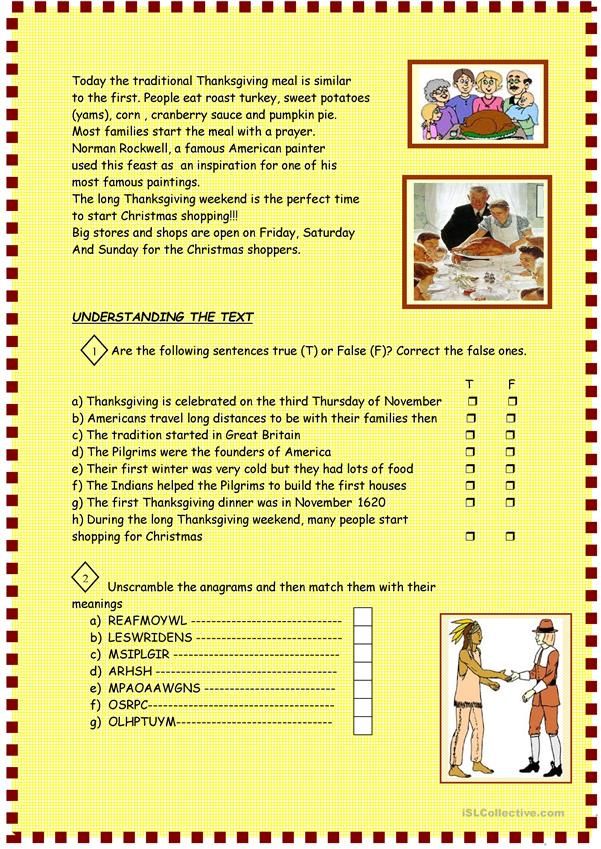
Why Is Determining Reading Level Important?
It’s helpful to determine your child’s reading level so you can find books that are appropriate for them to read on their own: not too difficult but challenging enough to encourage growth.
Reading level classification is a convenient tool you can use when searching online or at the library. And when you provide books that are on your child’s level, you create excitement and build their confidence, which can lead to a lifetime love of learning and reading!
If you’re looking for ways to help your little one read at the best level for them, Our new app HOMER Learn & Grow has a Stories section that gives age-appropriate story recommendations!
This is a great resource that takes your child’s specific interests and recommends stories just for them. What’s more, your child can choose to read along or read on their own.
How Is Your Child’s Reading Level Measured?
Your child’s reading level is usually measured at their school in first or second grade, and we’ll show you how that’s done.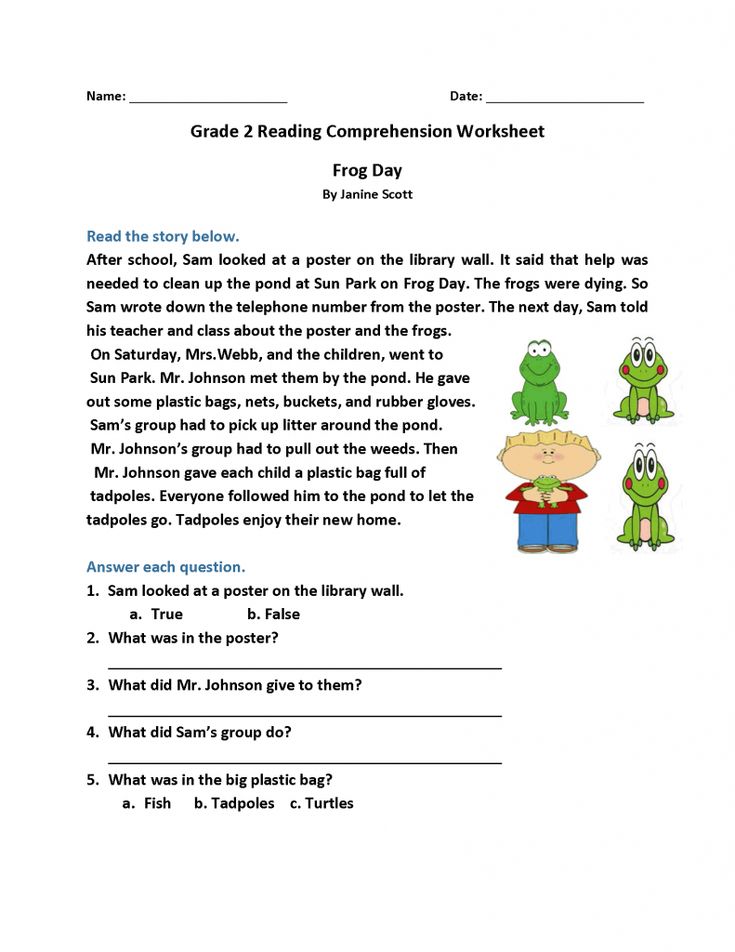 Here’s a tip: since your child’s teacher knows their reading level, consider asking the teacher (or the school librarian) for books your child can read at home.
Here’s a tip: since your child’s teacher knows their reading level, consider asking the teacher (or the school librarian) for books your child can read at home.
Don’t worry if your child isn’t in school yet or if they’re homeschooled. We’ll show you how you can measure their reading level at home, too!
Before we dive in, it’s important to note that we think of books for kids at three levels: independent reading, instructional reading, and frustrating to read.
As the names indicate, independent reading books are ones a child can read with ease and without support from an adult.
Instructional ones are the books just above independent that teachers might use to stretch a child’s reading as they offer support while the child makes that next step. Finally, frustrating books are too hard for a child to read even with adult guidance.
Now that you have an idea of how to think of the different books your child might encounter, let’s talk about the tools used for determining or describing reading levels.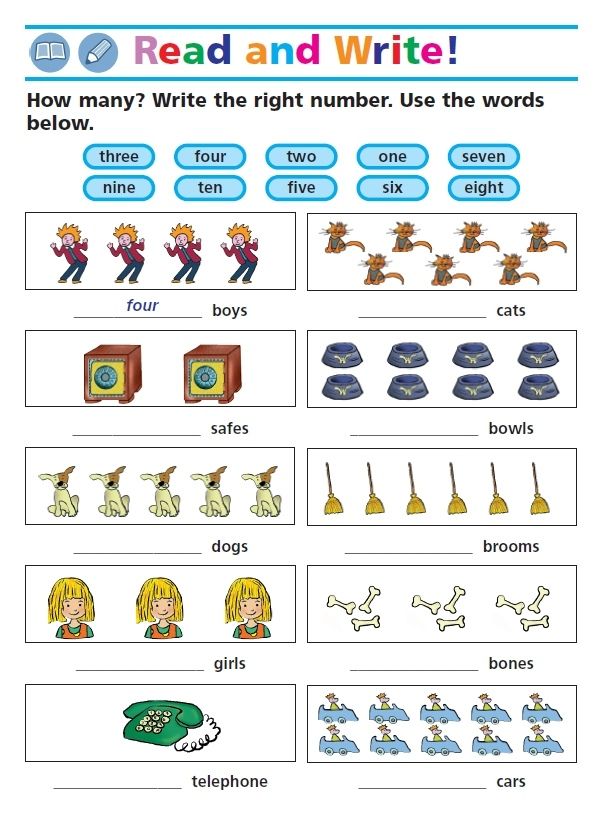
Lexile Framework For Reading
Lexile Framework For Reading is an educational tool that ranks books by order of their difficulty using a scale called a Lexile. Usually, your child’s teacher will determine their Lexile reading level and then choose books that have a matching score.
The Lexile score, or measure, describes your child’s reading ability and matches them with books and other reading materials. This measure ranges anywhere from 0L to 2000L.
Kids are encouraged to read within their Lexile “range” — 50L above to 100L below their actual level. For instance, if your little one is reading with a Lexile measure of 500L, they would read books ranging anywhere from 400L to 550L.
Using standardized assessments, schools will often measure a child’s reading level several times a year to help them select books that are appropriate for independent reading.
Guided Reading Levels (GRL)
GRL is a guided reading system used in some schools.
To determine reading levels using GRL, children sit one-on-one with their teacher and read from a book that’s considered standard for their grade level — a “benchmark” book.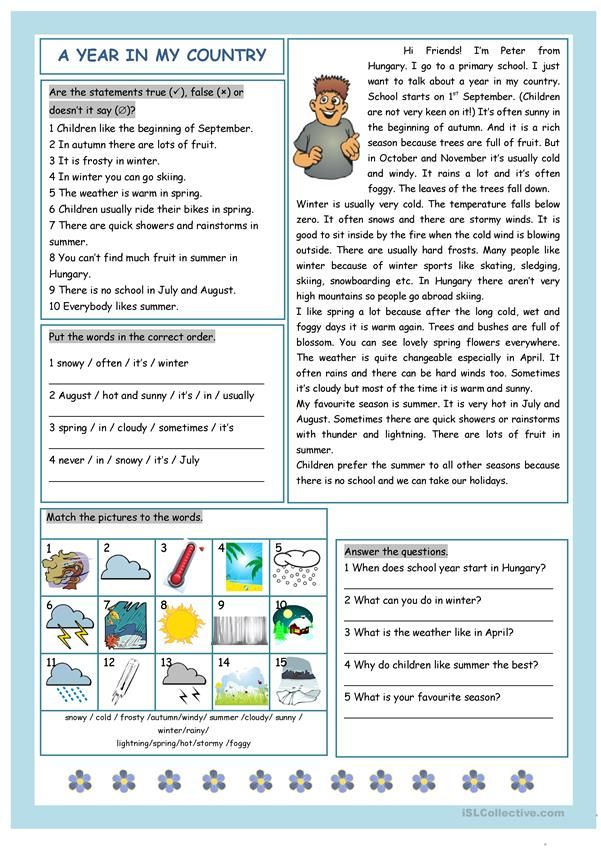 GRL books range from A to Z with A being the easiest.
GRL books range from A to Z with A being the easiest.
While reading these books, the teacher will take notes on any missed words and ask comprehension questions, such as, “When did the story take place?” or, “What was the problem in the story?”.
Through guided instruction, the teacher will gradually move children into more difficult books.
Developmental Reading Assessment (DRA)
DRA is a standardized reading test given by teachers or reading specialists. As with GRL, children sit individually with the test administrator and read a book.
Several factors are taken into consideration to determine reading level, including:
- Reading comprehension
- Phonemic awareness
- Fluency
DRA books are labeled with an A for the easiest books and then move into a numerical grading system. The levels range from 1 to 80 with 1-3 representing a kindergarten reading level and 80 representing an eighth-grade reading level.
Once a child has a DRA or a GRL level, a teacher or parent can search for the reading level of any particular book and can usually discover either the Lexile, DRA, or GRL of that particular text. Here’s a chart for your reference.
Here’s a chart for your reference.
At-Home Reading Levels
If you’re looking for a way to find out your child’s reading level without using any of the methods listed above, you might try the five-finger rule.
For the five-finger rule, choose a book and flip to any page. If your child seems to have trouble reading more than five words on the page, it’s a good indicator that the book is too advanced for them.
To be sure, though, you can have your child try another page, especially if they seem eager to read a particular book.
This can be a helpful strategy, but it’s OK to let your child try a book and see how the reading goes. If a book is too hard, most kids will figure that out — and there is nothing wrong with reading books that are too easy!
Sometimes a child may be interested in a book that’s a little too hard for them. If this happens, we encourage you to read aloud to your child. You can also read together by alternating pages, paragraphs, or sentences.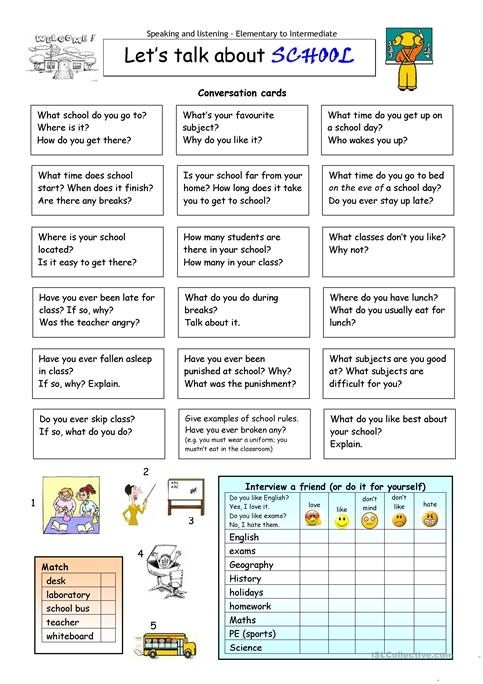
It’s important not to completely avoid books that may be a little above your child’s reading level.
Even if your child struggles a bit to read them without assistance, these books can still be beneficial in helping build their vocabulary, improve comprehension, and increase general knowledge — not to mention, encourage their love of reading!
When your emerging reader seems overwhelmed by one book, you can always give the five-finger rule a try with other books until you find the right match. And if your child is particularly interested in a topic, you can always read the book to them and stop on words you know they can read.
Also remember that when a child is really enjoying a book and highly motivated to read it, they will read at a higher level than if the material is not as interesting to them.
Tip: Most libraries and bookstores have books arranged by reading level so you can easily choose the best one for your emerging reader!
Feel free to ask librarians and knowledgeable staff at bookstores to offer suggestions. You could even say something like, “My child happily read a Clifford book; can you suggest others at the same level?”
You could even say something like, “My child happily read a Clifford book; can you suggest others at the same level?”
How To Help Your Child Become A Stronger Reader
As we mentioned earlier, you can easily determine your child’s reading level at home so that you can help them choose books that are just right! We suggest incorporating some of the tips below to help your child become a stronger reader.
Start With Clues
- Is your child using “sounding out” techniques to figure out unknown words?
- When your child reads, are they getting tripped up by sight words — common words that are hard to sound out?
- Is your child using pictures to help them understand what is written on the page?
- Is your child using context clues to figure out what word makes sense to come next as they read sentences?
Check Vocabulary
- Play games with your child to see what words they know. For example, say a sentence and point out one word in the sentence.
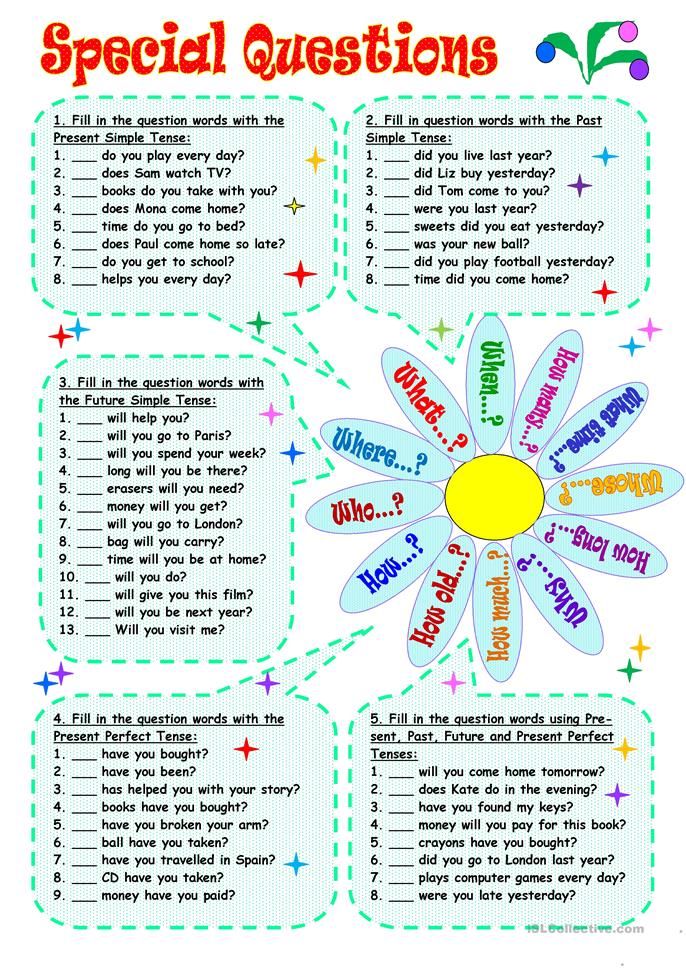 Then ask them if they can come up with a different word (synonym).
Then ask them if they can come up with a different word (synonym). - Play synonym games to see what words your child knows. For example, challenge yourselves to think of 10 or more ways to describe speaking (shout, whisper, mumble).
While you’re talking with your child, describe something specific from your day. Make sure to use interesting adjectives, and don’t hold back from using sophisticated vocabulary when talking with your child.
You can help your child’s vocabulary grow through day-to-day conversations and activities!
Ask Comprehension Questions
Understanding what they read is an important part of your child’s reading journey.
- To check for reading comprehension, we suggest pausing every other page to talk about what you’ve just read. Make this a natural reaction to the story, like you’re thinking aloud about the story or characters, so that it doesn’t feel like a test.
- Consider encouraging your child to act out and retell the story (for younger children).
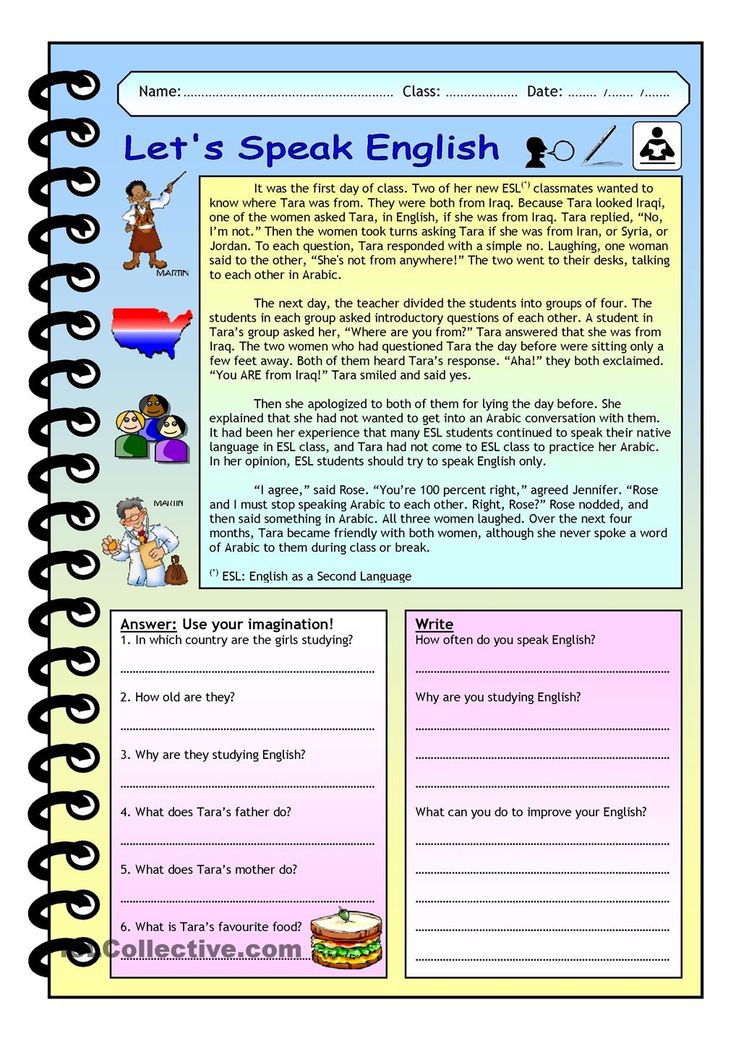
- Try discussing themes/lessons with your child (for older children). Remember: this isn’t a test, but a conversation between book lovers!
Talk To Your Child
When most people implement strategies to help their children improve their reading skills, they often forget about the importance of verbal communication. It’s essential to talk to your child frequently in short and simple sentences.
This includes singing songs, telling them wonderful stories, reciting fun nursery rhymes, and describing the world around them. All of this exposes children to lots of different words. It also helps them learn that language is a powerful tool for communication.
Discover Your Child’s Favorite Books
- Children often choose books that are a little below their actual reading level. At home, this is a good thing. It keeps reading fun and exciting!
- We recommend choosing books that interest your child — with a certain character or activity they like — so they’re curious and excited about reading.
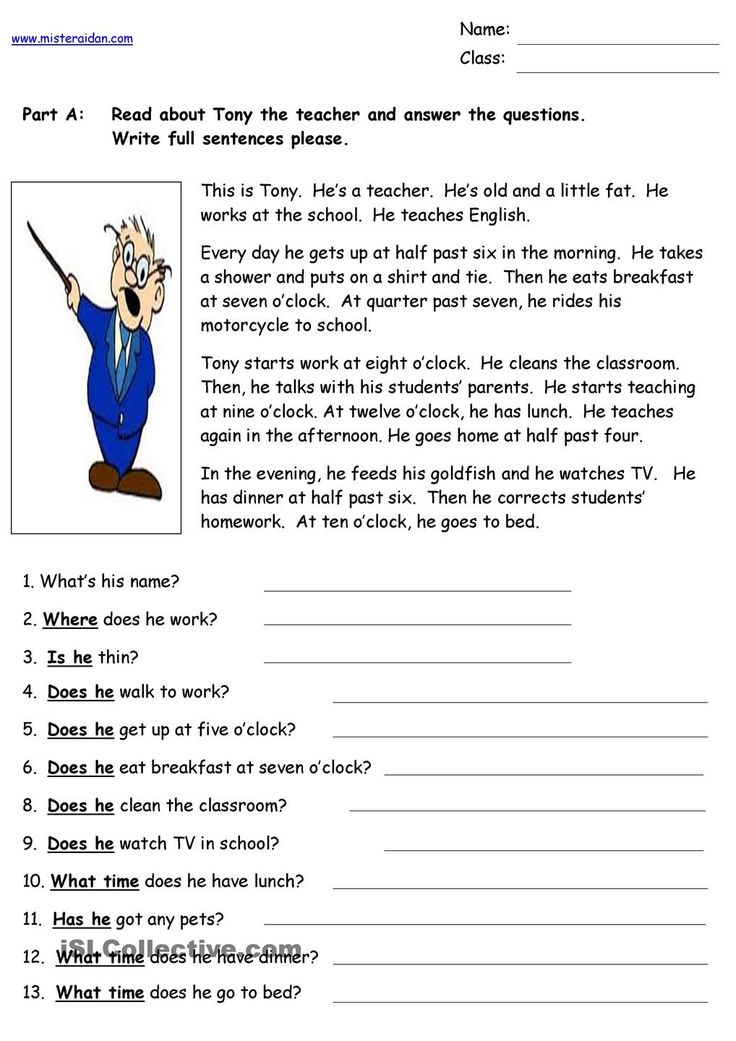
Reading books your child enjoys together can encourage their love of reading. And letting them read those same books to you can boost their confidence over time.
Together, these two activities increase your child’s fluency and reading enjoyment!
Create A Reading Corner
Establishing a reading corner in your house can benefit your child. The setup doesn’t need to be elaborate. This can be a simple, quiet, private area where your child can confidently read independently or with you.
It’s also great for the spot to be well-lit and filled with lots of books your child enjoys reading.
Is Reading The Same Book Over And Over OK?
Just like you might pick up an old favorite book to read, your child may do the same, and that’s OK! At least you know they’re enjoying a good book and the process of reading!
Rereading books can have many benefits for a child, including:
It allows children to get more from the text. Have you ever developed a deeper understanding of a story after rereading it? That’s because the more you engage with a story, the more you can take away from it.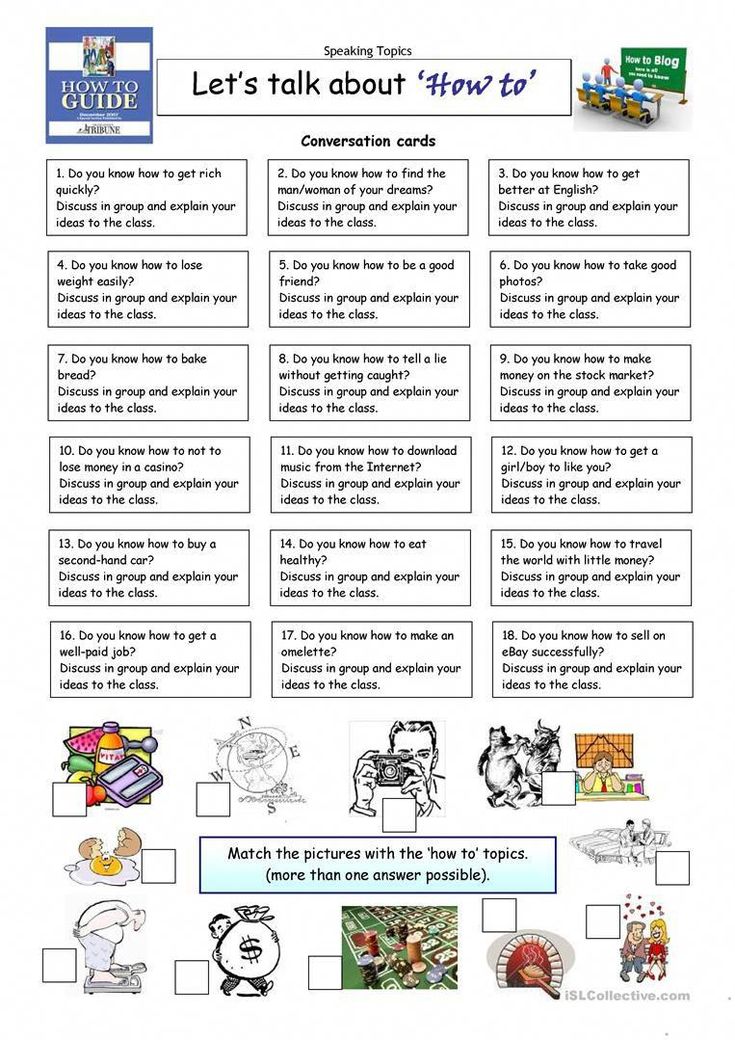
You can pick up on new information, establish connections between yourself and some of the characters, and even improve your understanding of the overall story.
Similarly, allowing your child to read their favorite books for the second, third, fourth (or more) time will enable them to get more from the story.
It also allows for bonding. Did you know that rereading books can help bring your family closer together?
Many of us remember a couple of books that our family read together regularly. This can be a holiday book or a favorite story. Rereading is a great way to get the whole family involved, as everyone can take turns reading and connecting on the same story.
What’s more, reading familiar books can actually help develop a young reader’s fluency. It allows them to learn the words and helps them become familiar with narrative structure or storylines (i.e. beginning, middle, and end), which builds reading comprehension later on.
So feel free to let your child choose the same book over and over!
FAQs About Reading Levels
What Reading Level Should My Child Be In Each Grade?
It’s challenging to answer this question because each child is different and will naturally develop at their own pace.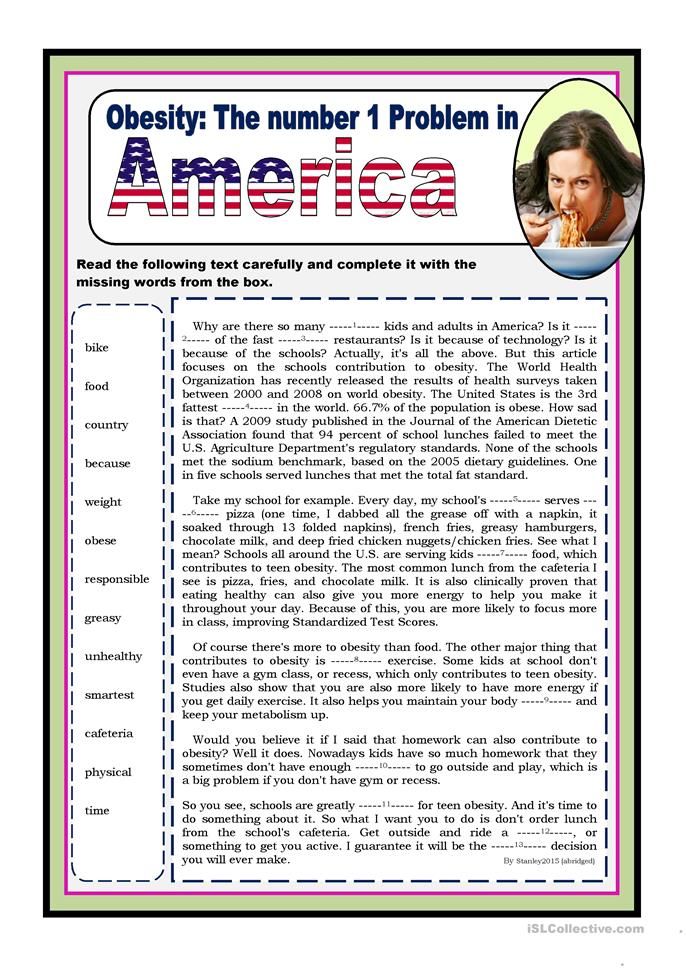 For example, just because your child’s friend has started reading fluently doesn’t mean your child will be able to do that yet.
For example, just because your child’s friend has started reading fluently doesn’t mean your child will be able to do that yet.
While no parent wants their own child to be a little behind compared to their peers, putting too much pressure on them to “catch up” might actually have an adverse effect. In fact, they might feel overwhelmed by the pressure and develop a negative attitude toward reading.
It’s also important to note that there’s no direct link between a certain Lexile measure and a specific grade level. When using any of the reading level measures we mentioned, remember that they are an estimate of a child’s performance and shouldn’t be interpreted literally.
Also, if you’re really concerned about your young learner’s development, you can always address those concerns with their teacher or another professional. They can offer tips and advice on how to best work with your child.
Finally, remember to be patient and positive no matter what. With lots of time and effort, your child will develop a lifetime love of reading!
Who Can Help Me Choose Books That Match My Child’s Reading Level?
The best place to start is to consult your child’s teacher.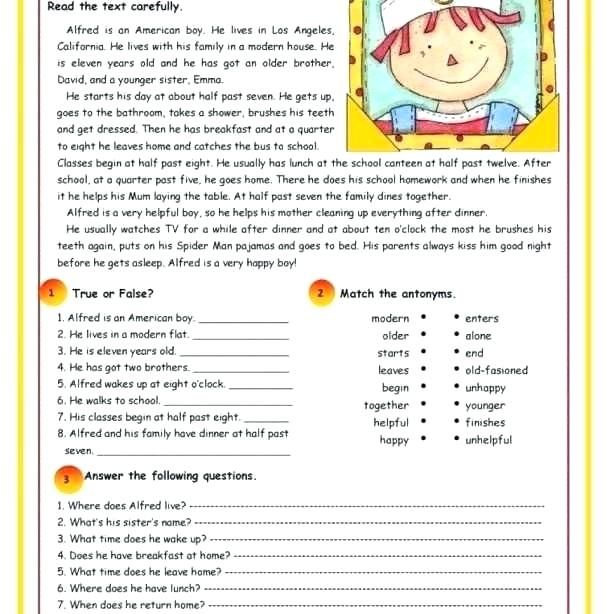 They will have the expertise to guide you in buying the right books for your child.
They will have the expertise to guide you in buying the right books for your child.
It’s also possible for you to look up most books online and find their reading levels. Furthermore, for beginner readers, there are publishers who label books in stages with age and/or grade suggestions attached.
If you’re homeschooling, you can also reach out to your local librarian or bookstores. As people who spend each day surrounded by books, they often have knowledge on this topic and may be able to recommend a few relevant books in your child’s reading level.
What If My Child Is Reading At A Lower Level?
The last thing a parent wants to hear is that their child’s reading level isn’t on par with their peers. But what can you do if, from the assessment used at your child’s school, you find out that your young learner is reading below the average grade level?
Firstly, it’s important not to panic. As mentioned earlier, kids develop reading skills at different stages of their development.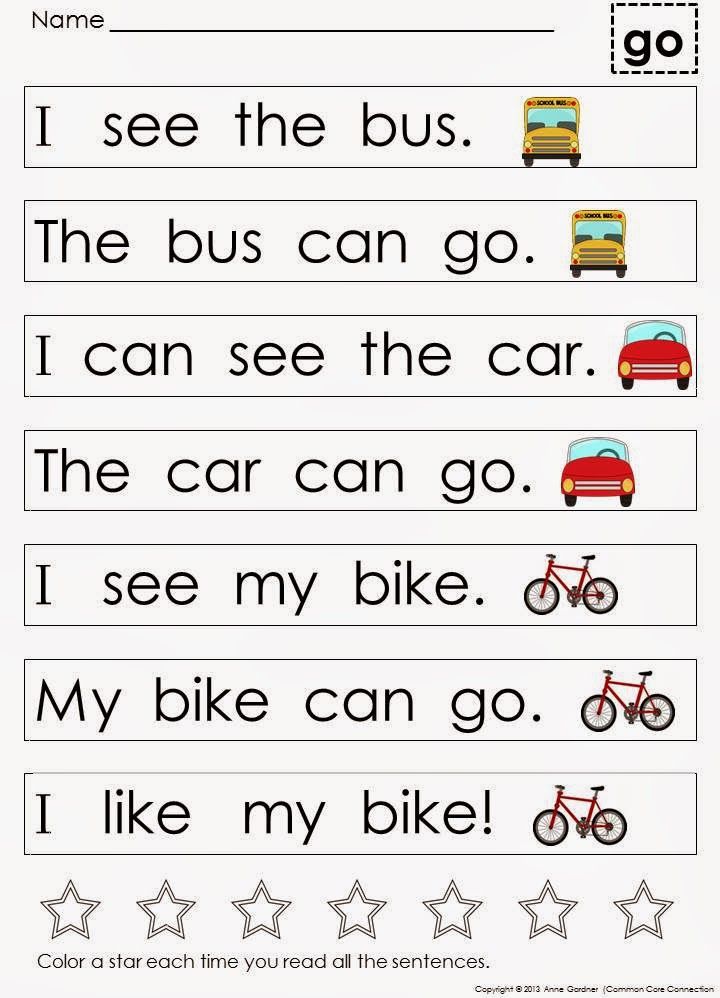 Some children might be early readers, while others may take time to get there.
Some children might be early readers, while others may take time to get there.
The most effective way to help your child improve their reading level is by continuing to encourage reading at home. While reading, remember to discuss the content to ensure comprehension.
Reading For Fun
From assessments to the five-finger rule, determining reading levels varies across the board. No matter which method you choose, remember these measurements are meant to be helpful and encouraging, not stressful and limiting.
Keep this in mind when assessing your young learner. You don’t want your child to sense any stress about their abilities, as this might overwhelm them and have an adverse effect on how they view reading.
While reading is an essential early learning (and lifelong) skill, you want your child to LOVE reading and not only view it as a test of their intelligence.
At the end of the day, the way reading makes your child feel is more important than their reading level.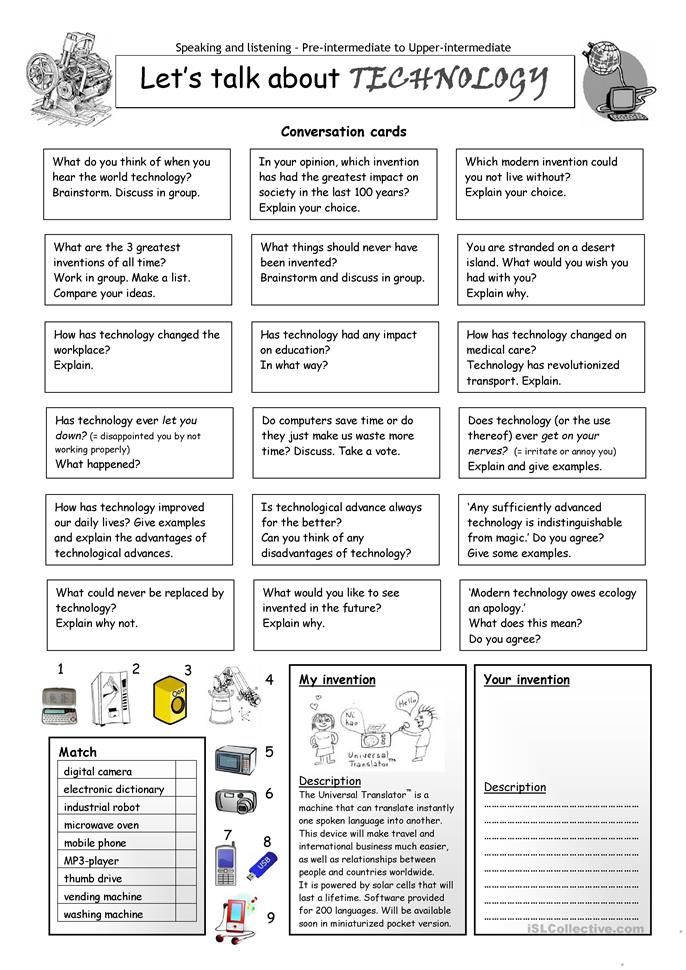 Each child learns in a way that’s special and unique to them.
Each child learns in a way that’s special and unique to them.
The HOMER Road To Reading
The road to discovering how to read can be a fun ride, but sometimes it’s bumpy. This is why we’re more than a learning program. We’re your learning partner.
If you’re looking for a resource to help develop your child’s love of reading and learning, consider taking a look at the HOMER Learn & Grow app. It’s full of stories curated based on your child’s interests!
When your child develops a love for reading, they’ll move up to the next level before you can say “Developmental Reading Assessment”!
Author
How to Test Reading Level Online: The Ultimate Guide
I decided to start hunting for a reading level test for my kid during my first year of homeschooling.
I had a first grader who had completed her phonics curriculum, but wasn’t really interested in chapter books. She loved for me to read to her, but was not interesting in reading very much herself – which stressed me.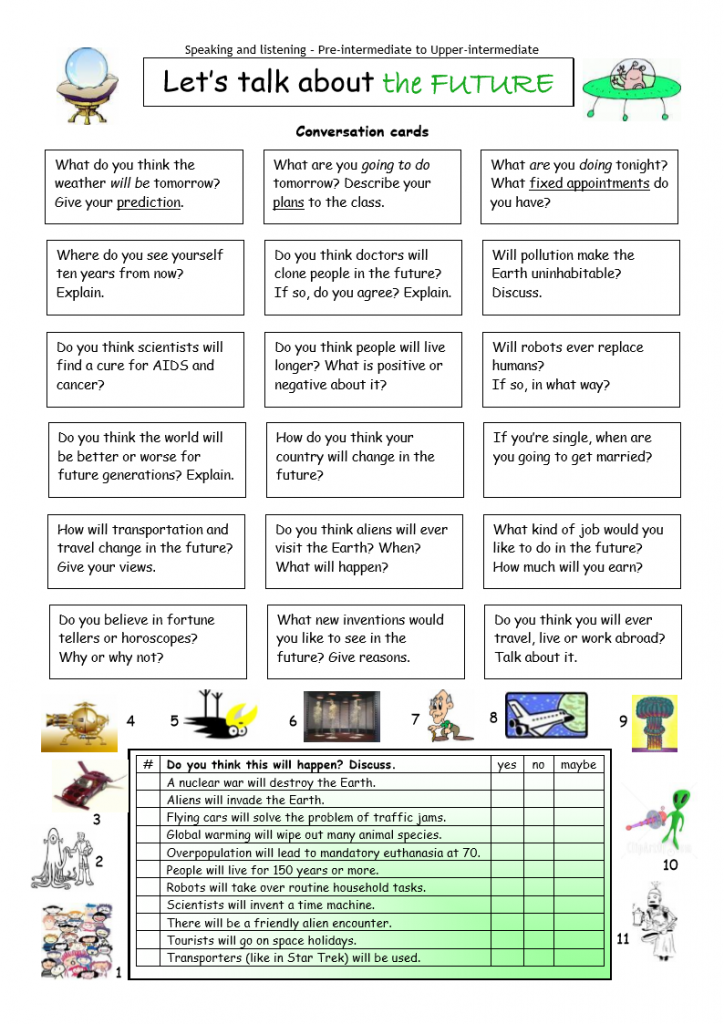
As a frazzled, first-time homeschooler, I wanted to test her reading level to see if she needed more reading instruction, more practice, or if she was right where she needed to be.
I have tried a number of online reading tests over my homeschooling years and have found that they are not all created equally.
In this post I am going to share with you everything you wanted to know and more about giving your kid a reading level test.
But First, Avoid Reading Level Tests If…
Your kid is still going through a high quality phonics program, such as All About Reading, Explode the Code, or Primary Phonics.
Let your kid finish the program before worrying about what grade level they may be at.
Most reading tests do not assume that the child is learning phonics (since most kids aren’t) and will rely more heavily on sight words they think the child should have learned by a certain grade.
Taking a reading test with a kid who hasn’t finished their phonics reading curriculum is probably not going to be helpful to a parent or child.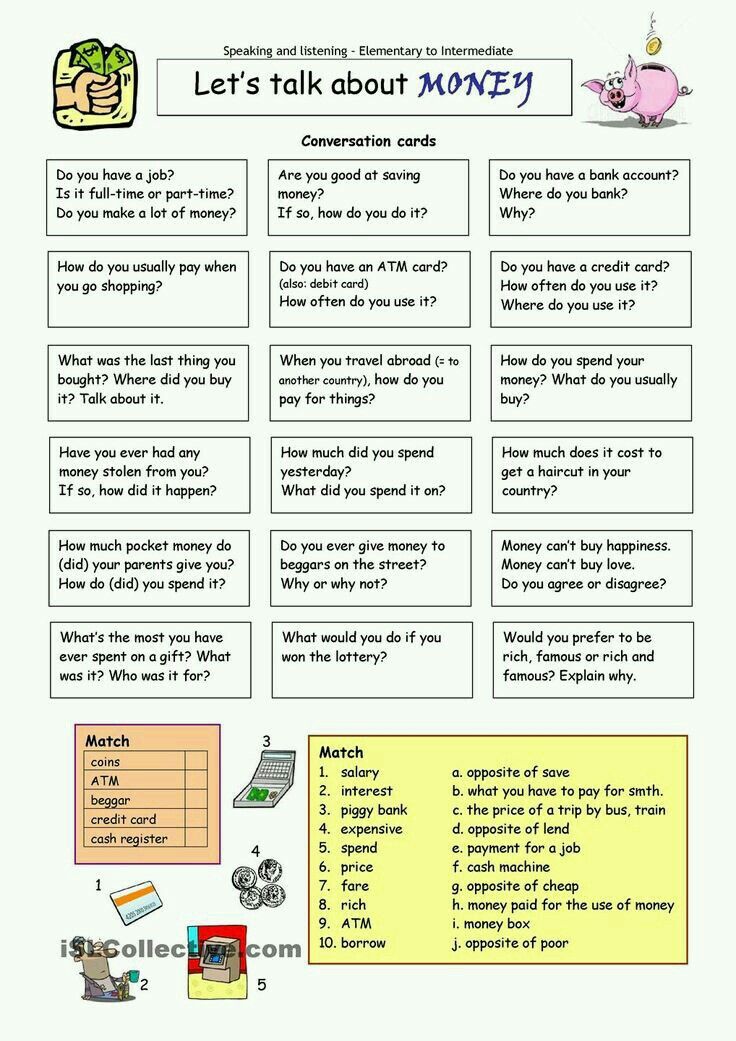
Do Take a Reading Level Test If…
-
You have just started homeschooling and have no idea where your kid should be placed for reading.
-
You have finished a phonics program, but are still unsure if your kid is where they need to be.
-
You think your child might be gifted reader and want to see what level they are testing at.
-
You want to make sure your student is progressing, even though they’re not reading aloud to you anymore
-
You need to make sure you are buying the right level books for your child to read.
-
You want to see if your kid is smarter than someone else’s kid and you want proof.
These are all great reasons, well except for that last one. Definitely do not test your kid for homeschooling glory.
Hopefully that gave you a laugh, so let’s dive in!
4 Tips for Getting the Best Results When You Test Reading Level
1.
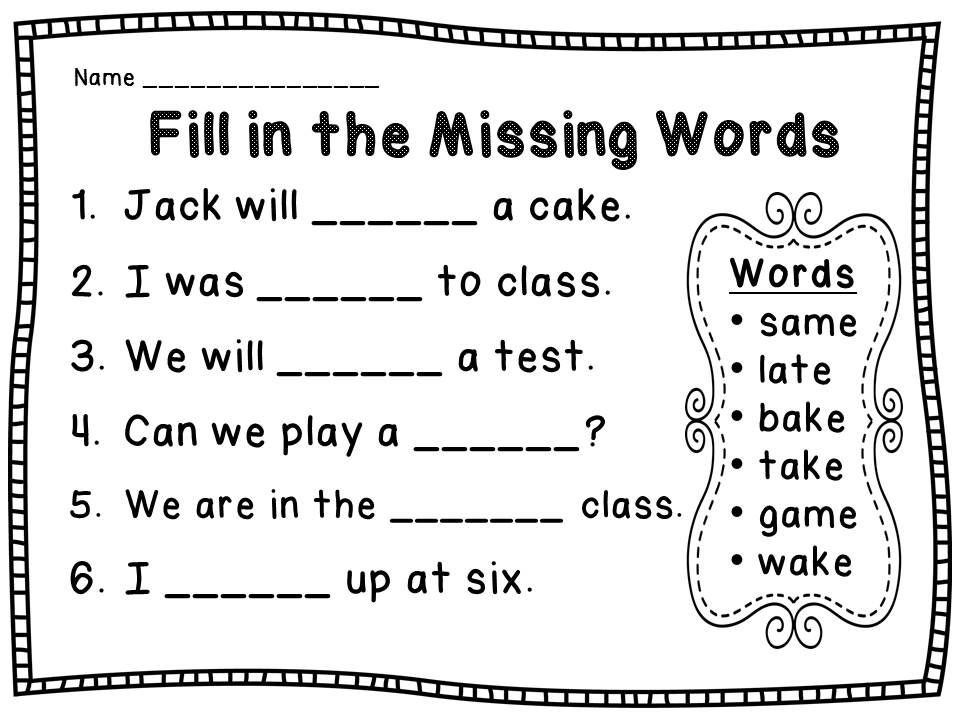 Take the Reading Test Yourself
Take the Reading Test YourselfI took a lot of time to explain how the test runs below, but it would be helpful to run through the test yourself first. Make sure you know how to administer the test and confirm that the reading assessment is a good fit for your kid.
2. Administer the Reading Test at the Best Time
Make sure that your kid takes the test when they are their best. Is that first thing in the morning, in the evening, or right after lunch (probably not)?
Ensure your kid has plenty of energy, isn’t hungry, and is in a comfortable environment with minimal distractions.
3. Prep Your Kid Mentally
If you are giving a reading assessment to your kid, there is a good chance that your kid is already a little insecure about reading. Do not put the pressure on them that this test evaluating them.
I have given several reading tests and I make a point to tell them it is no big deal, but I do need them to do their best. I go on to say that I need to evaluate our curriculum. Depending on how they do on the test, I will make decisions about what books I need to buy for the next school year.
Depending on how they do on the test, I will make decisions about what books I need to buy for the next school year.
This takes the pressure off of them.
The are not being evaluated – the curriculum is being evaluated.
4. Do Not Share Their Results with Them
When the reading level test is complete, tell them they did well and that you are happy with their effort.
If the score is less than you were hoping for, you don’t want to destroy their confidence. If it’s really high, you don’t want them to be prideful and brag about it.
Either way, tell them they worked hard and you’ll use the scores to make the best decisions for their education.
This also helps if you plan to test their reading in the future. They will go into the assessment with no expectations – positive or negative.
3 Free Ways to Test Reading Level Online!
1. MacMillian Reading Level Test
The MacMillian Reading Level test seems to be one of the most popular and trusted reading level tests out there.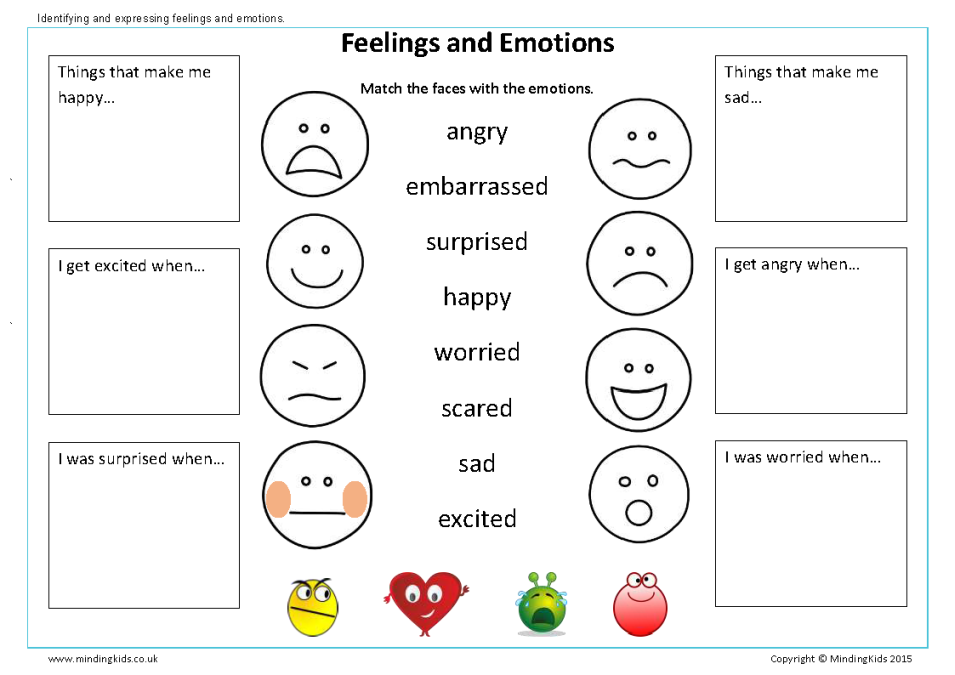
I used it with my daughter a couple years ago and I recently tested my own reading level to refresh myself on their process.
How the MacMillian Reading Level Test Works
Everyone starts at the easiest level. You are provided a picture and a fill-in the blank question. There will be 4 multiple choice options to choose from.
As you answer questions you progress through the levels until you have missed a certain number. Then you are immediately told what level reader you are – Starter, Beginner, Elementary, Pre-Intermediate, Intermediate, Upper-Intermediate, or Advanced.
Interestingly, I found the questions to be a bit slanted towards an understanding of grammar and reading comprehension.
Here is an example of a grammar question. Your kid may be able to read all the words, but does he understand the correct verb agreement?
Pros and Cons of MacMillian Reading Level Test
The benefits of this online reading level test are that it is free, simple to use, and provides you an answer right away (no need to wait for an email).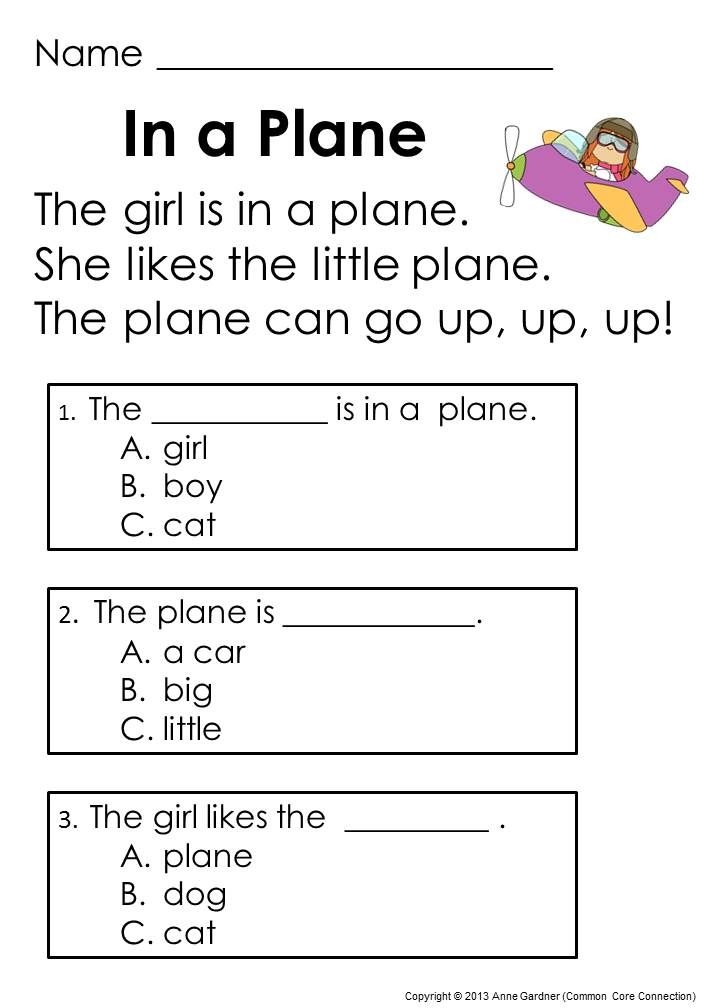
It is also a great test for a kid who can read, but struggles with comprehension.
The negatives to me are that it seems to be testing more than reading and the results do not provide a grade level. You may not know what to do with an “Elementary Level” result. It is kind of a broad answer.
One More Thing to Know About MacMillian Reading Level Test
The test does not tell your child when they miss a question. I intentionally missed questions in order to see what would happen and it just went to the next question.
This might help if your kid would be stressed by a reading level test – no big red X when they make an error.
2. San Diego Quick Assessment
I have also used this reading level test with my kid – twice actually – and it lives up to its name!
It really is quick!
How the San Diego Quick Assessment Works
Go to this online PDF and print off the four pages.
You will see grade level words in columns from Pre-Primer through 11th grade.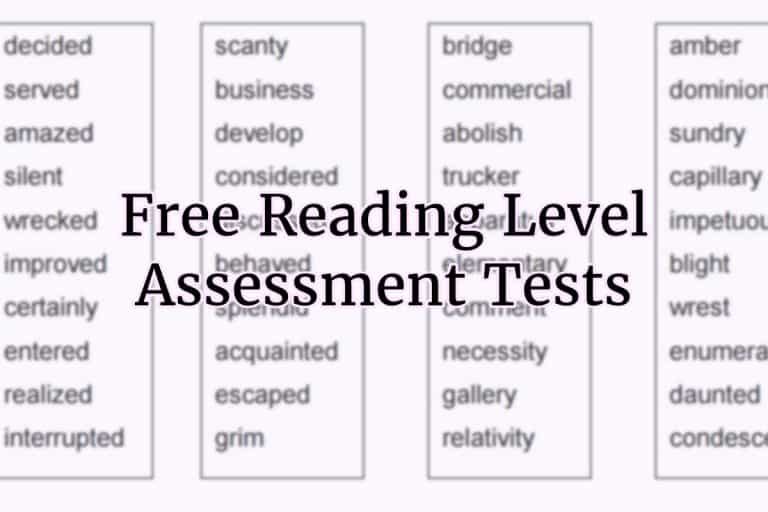 There are 10 words in each column.
There are 10 words in each column.
Give your child the student portion and ask them to start reading down the first column. Use your grader sheet to check off if they read the word correctly or not.
The test helps you break down the results in terms of Independent Level, Instructional Level, and Frustration Level.
Pros and Cons of San Diego Quick Test
The benefits of this online reading level test is that it does give a quick and free snapshot of your kids reading level. No lengthy test that your child gets bored with.
It is also on paper, which many kids do better with than reading off a screen.
The test doesn’t have any context or pictures to help your child. It will really tell you if they can read or sound out the word or not.
Parents will also like that they get a solid grade level result – a little easier to understand and work with.
The only con I have is that determining grade level with just 10 words is pretty arbitrary. You child may know many other grade level words, but not necessarily the ones on this list.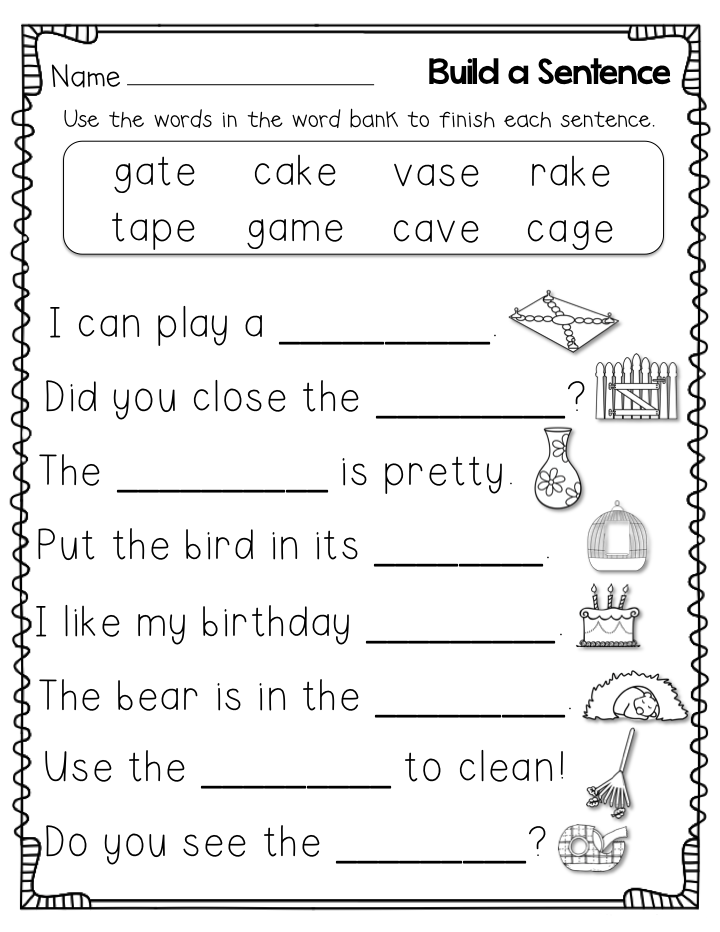
3. Pioneer Valley Reading Test
This is the most recent online reading level test we’ve used and by far my favorite. I found it to be much more comprehensive and I felt the results were a much more solid reflection of my daughter’s true reading skills.
How the Pioneer Valley Reading Test Works
This online reading assessment is broken into two parts.
Part One: High Frequency Word Reading
The first part consists of words coming across the screen for your child to read. The words are simple at first and then get more complex. The parent sits with the child and clicks “Correct” or “Incorrect” as the child reads each word.
Once the child misses two words, she is moves on to the next step.
Part Two: Reading
You will be asked to sit with your child while they read through an interesting story. Make a mark on a piece of a paper every time your child misses a word in the story.
At the end of the story you will be prompted to record the total number of words your child missed and whether or not they struggled to complete the story.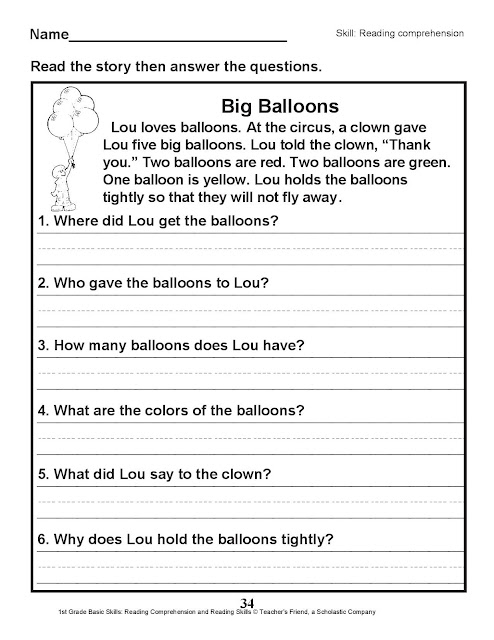 Based on those results your child will either move forward or backward on a scale of A-Z. Eventually your child will be assigned a Letter Level and you will see a chart that corresponds to a grade level:
Based on those results your child will either move forward or backward on a scale of A-Z. Eventually your child will be assigned a Letter Level and you will see a chart that corresponds to a grade level:
Pros and Cons of Pioneer Valley Online Reading Assessment
I thought this was much more involved and thorough than other tests we have tried.
Even if your child encounters words he doesn’t know in the first part of the assessment, there are still many other chances in part two to show their reading skills.
Other benefits include: it is free, the stories were interesting to read, and there was an option to test reading comprehension after each story.
Cons for me would be that the scale does not go beyond 6th grade. It just says 6 grade +. I would have liked to see a scale that goes into high school level.
Other Free Online Reading Level Tests to Try
There are many other resources to try out there to test your kid’s reading level!
Here are some other tests that might be the perfect fit for you and your kid:
Red Cat Level Reading Assessment
Oxford Owl Online Reading Test
Oxford English Reading Test
Good and the Beautiful Reading Level Assessment
Wide Range Reading Test
Not Happy with Your Kid’s Reading Level Test Results? Try these ideas!
1.
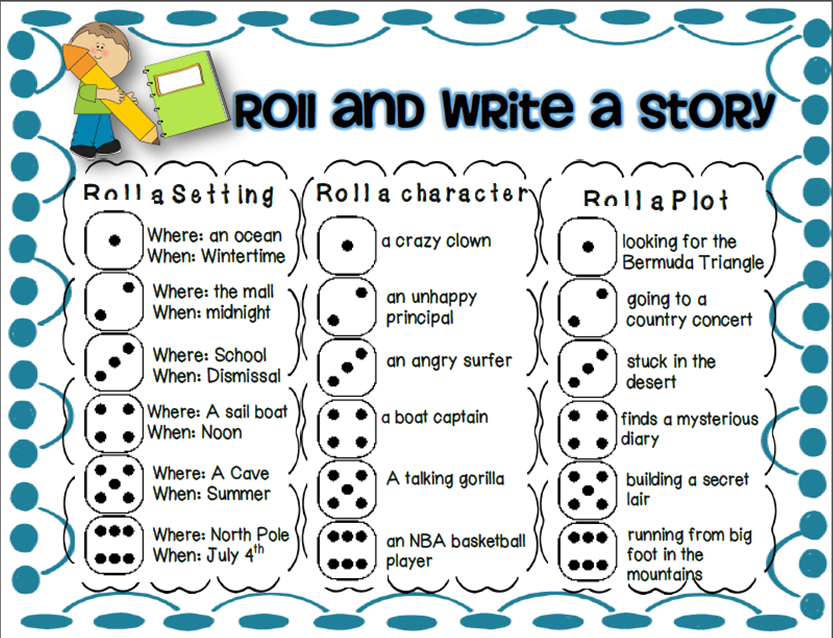 Take a Different Reading Assessment
Take a Different Reading AssessmentIt is possible that the test you chose just didn’t jive with your kid. If you are unsure about the results, don’t be shy about waiting a day or two and then doing another reading test with your child.
2. Think about what they struggled with the most during the the Reading Level Test
These reading level tests are excellent tools to help you pinpoint exactly where your child needs help.
Did your child struggle because of any of these issues:
-
Sounding out
When your child came to an unfamiliar word, did he freeze up, melt down, or give ridiculous guesses? If so, consider working with your kid on their phonics.
A high quality, low cost phonics program we love is Explode the Code. These simple workbooks are known for giving kids confidence and raising reading levels.
-
Vocabulary
Did your child manage to sound out a word, but have no idea what it meant? As your kid climbs the reading levels, increasing their vocabulary is crucial.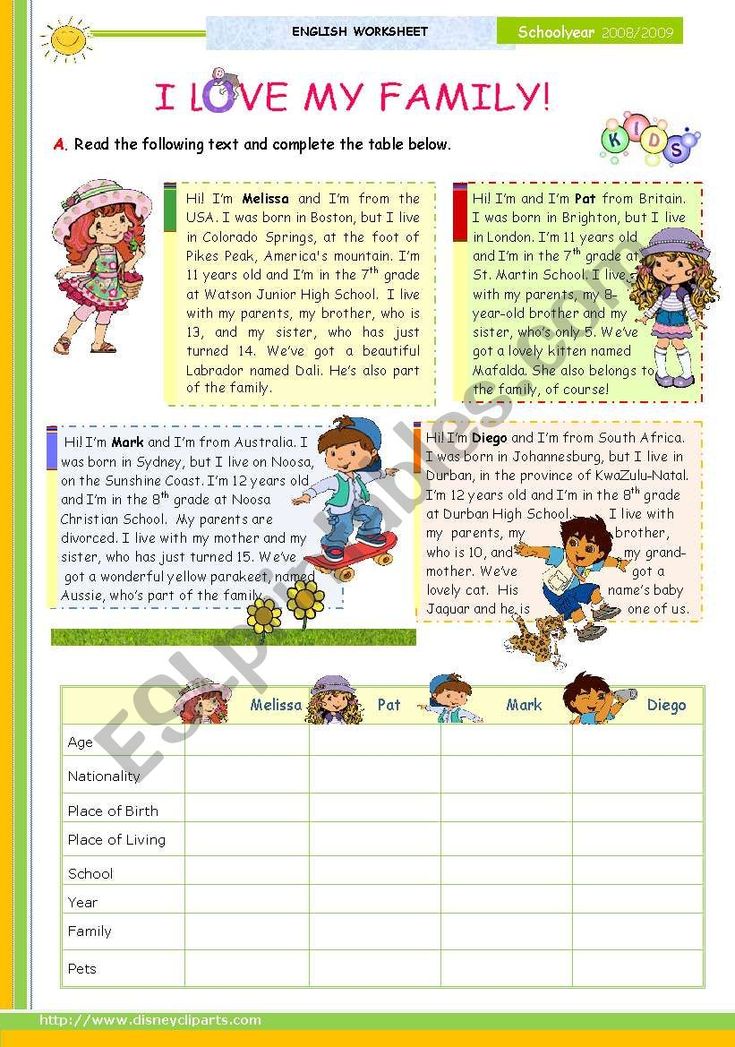
Some simple ways to increase vocabulary are reading aloud to your child regularly, using higher levels of vocabulary around the house, and including vocabulary curriculum in your homeschool.
I recently bought Word Roots for my 4th grader and we are so excited about it. It teaches the Latin roots of English words so that kids can break down AND understand a large number of difficult words.
-
Comprehension
Is your kid reading beautifully, but has no earthly idea what he just read? Many parents would be jealous of the beautiful reading, but the comprehension is just as important – if not more so.
Providing your kids with a continuous flow of interesting books that spark their imagination will help a lot in this area. And I hate to say it, but decreasing their screen time will also dramatically help.
If your child continues to struggle with comprehension, consider looking into the Reading Detective series. We have added this workbook to our homeschool curriculum and I think it has really stretched my daughter.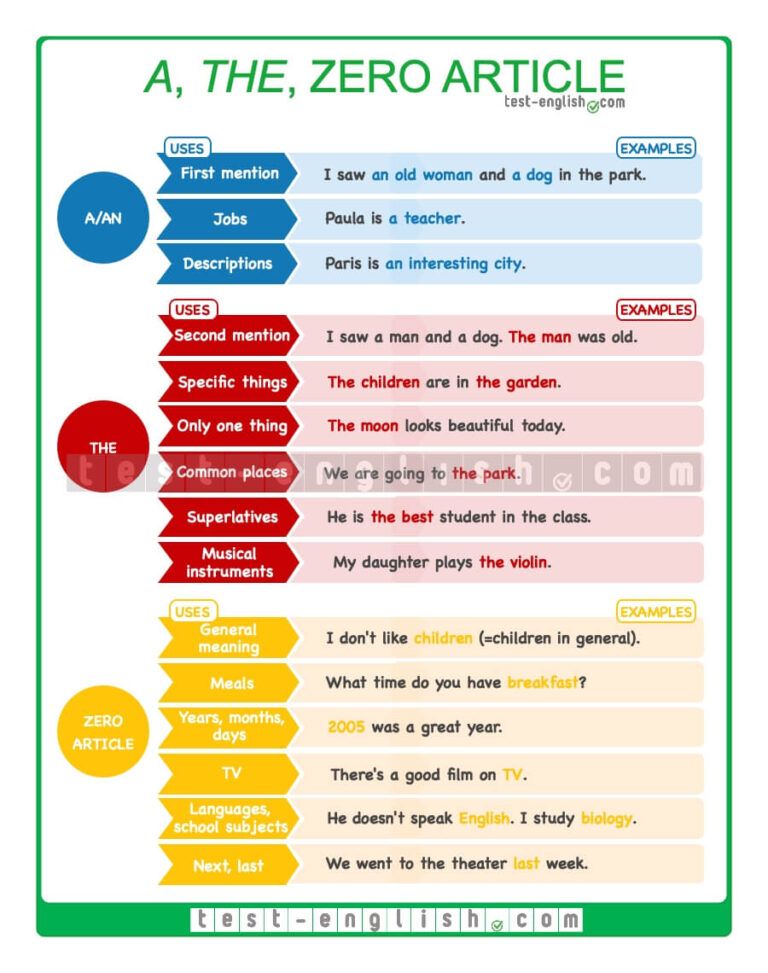 The workbooks teach children how to analyze a short story while answering multiple choice questions AND citing the paragraph or sentence number that proves their answer.
The workbooks teach children how to analyze a short story while answering multiple choice questions AND citing the paragraph or sentence number that proves their answer.
-
Fluency
Did your child painstakingly struggle through sounding out just about every word? Even the short vowel words?
The best thing for fluency is a high quality phonics program as mentioned before and practice, practice, practice.
I am a huge fan of easy phonics readers and keep multiple sets around the house. Here are some of our absolute favorites:
-
Bob Books
-
I Can Read It! Books
-
Primary Phonics Readers
-
Now I’m Reading! Books
-
Tug the Pup Books
-
Usbourne Phonics Readers
Recap Reading Level Test Guide for Kids
Remember above all else that a reading level test is a tool to help you customize your kid’s education and help them succeed.
It is not a grade for your parenting.
Or a grade for your homeschool.
You are not necessarily a failure or a success no matter how your child scores.
Use these free online reading tests to drive you forward and you can’t go wrong!
Have you tried an online reading test that isn’t mentioned here? Please share in the comments!
Do you want to make sure you save all this information for later – smart thinking! Just pin this article to your favorite Pinterest post and definitely share with your friends and followers!
Read Next:
Reading Technique: Test - NUMBER
The school curriculum clearly articulates the requirements for reading skills that a child must master at a certain period of time in each class.
Contents
- Reading standards in primary school according to GEF by quarters
- What is important to consider when checking reading technique?
- Requirements for texts to test reading skills
- Reading test texts in grade 1
- Reading test texts in grade 2
- Reading test texts in grade 3
- Reading test texts in grade 6 How to check reading technique?
- Table and chart of child’s reading technique
- Reading speed tester
Reading norms in primary school according to GEF by quarters
Data for grade 1 is also indicated with grades in order to be able to realistically assess the child's abilities at the moment. Naturally, in the 1st grade, the teacher checks the reading technique without grading.
Naturally, in the 1st grade, the teacher checks the reading technique without grading.
In addition, it must be taken into account that if the child is studying in a lyceum or gymnasium, then the standards will be higher.
When checking reading technique, the following parameters are taken into account:
- speed;
- reading method;
- understanding;
- expressiveness;
- correctness
The most important of the listed items are: the pace of reading and the awareness of the material read. The child must understand what he is reading!
We are all different. Some children experience inexplicable excitement during reading tests. Hence, the result is often shown worse than they could. Therefore, I decided to tell all the subtleties of this process so that parents can correctly check the reading technique of their child at home.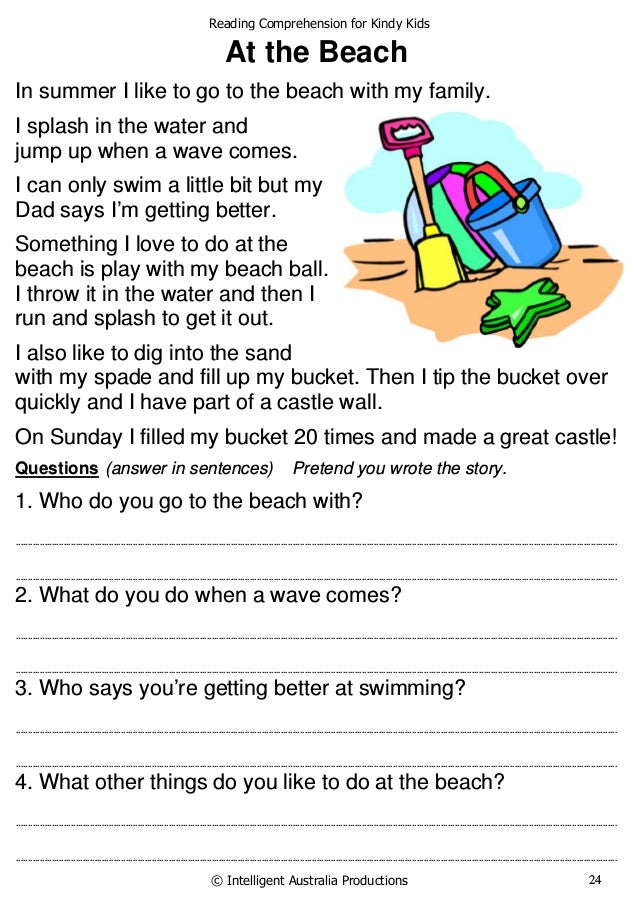
First , you will see real problems and know what to look out for.
Second , the child will practice and stop worrying.
Reading test texts
Reading test should use suitable texts. Do not use the first story or passage that comes to hand. The evaluation results will be incorrect.
There are very specific requirements for texts:
- the child must see him for the first time;
- text must be age appropriate;
- sentences should be short enough, without complicated constructions;
- better if it doesn't have dialogues;
- should not include illustrations;
- text must fit on one page;
- be printed in large, easy-to-read print.
Texts to test reading technique in grade 1
In a grove
The children came to the grove. It's fun and noisy. The bee took honey from the flower. An ant was dragging a blade of grass.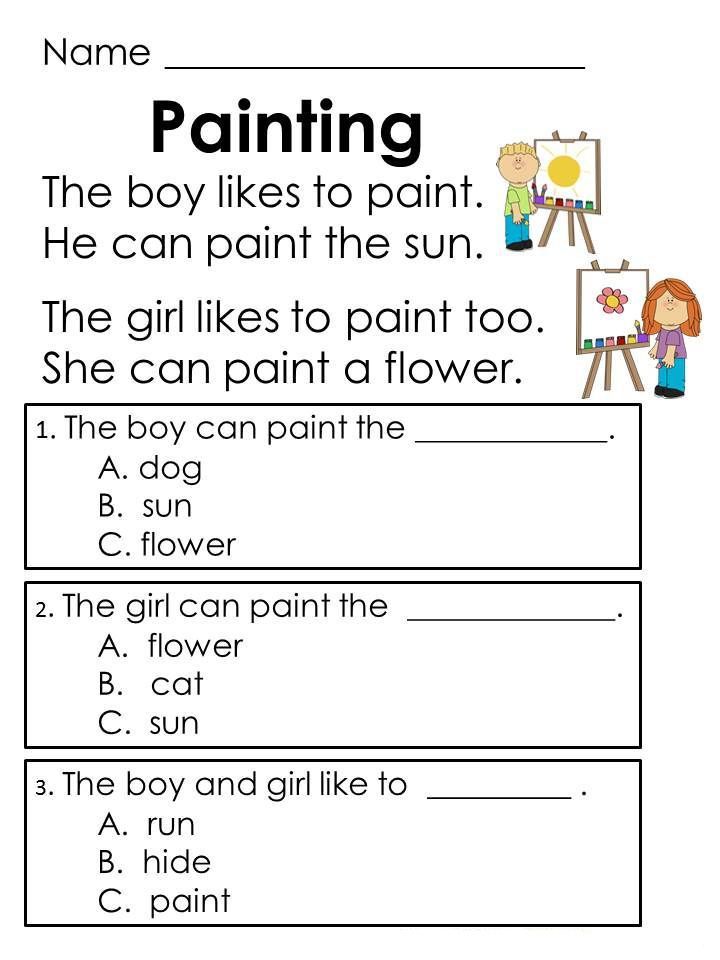 The pigeon was building a nest for pigeons. The bunny ran to the stream. The stream gurgled over the rocks. He worked. The stream provided clean water to people and animals. (38 words) (According to K. Ushinsky)
The pigeon was building a nest for pigeons. The bunny ran to the stream. The stream gurgled over the rocks. He worked. The stream provided clean water to people and animals. (38 words) (According to K. Ushinsky)
Forest Orchestra
Finches, nightingales, song thrushes sing with clear, clear voices. Beetles and grasshoppers creak. Woodpeckers are drumming. Orioles whistle with a flute. Foxes and white partridges bark. Howling wolf. Owl hoots. Bumblebees and bees buzz. All forest dwellers sing and play, who can play what and how they can. (42 words) (According to V. Bianchi)
Cunning fish
For a long time I sat with a fishing rod on the shore. Minnows do not peck at me. And grandfather is sitting under a bush and has already caught a bucket. I sat down in the shade. Immediately the minnows began to peck. It turns out that in a clean place the shadow of the fishing rod is visible.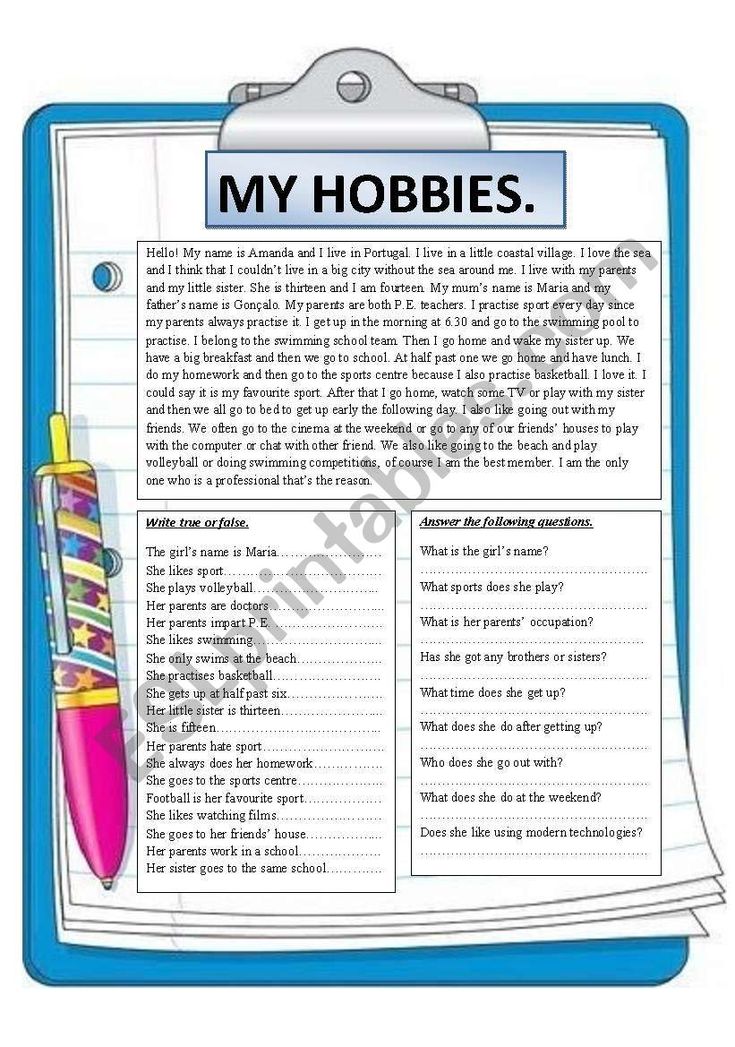 So the cunning fish did not go to the hook. (48 words) (According to E. Shim)
So the cunning fish did not go to the hook. (48 words) (According to E. Shim)
Bats
Bats are very useful animals. They eat harmful insects. During the day, bats wrap their wide wings like cloaks and hang upside down in dark places. The night is coming. They fly out to hunt. Many harmful insects fly at night. Almost all birds sleep at this time. Therefore, the "work" of bats is especially important. (51 words) (According to Yu. Dmitriev)
Summer
White lilies and golden water lilies opened on the river. Water porridge blooms wildly over the water. A wild duck brought little ducklings out of the sedge. White and blue dragonflies fly over the water. Pot-bellied crucians swim in the water. In the green sedge calmed down, a toothy little bee lurked.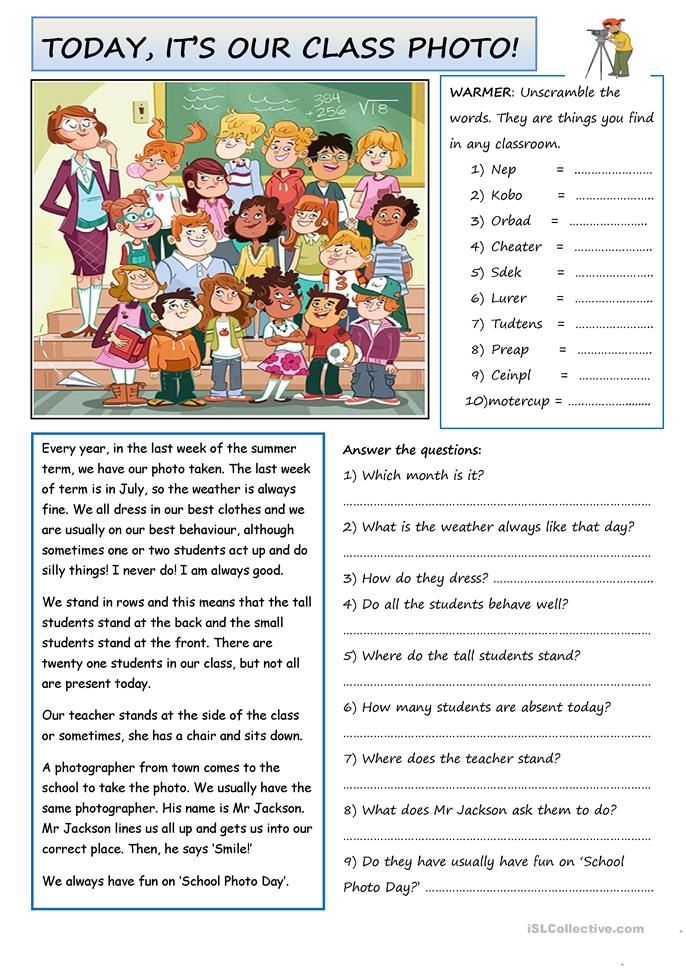 Water spiders scurry about the pond on long legs. It's good to run around the meadow and lie down in the grass under the birches. (59 words) (According to I. Sokolov-Mikitov)
Water spiders scurry about the pond on long legs. It's good to run around the meadow and lie down in the grass under the birches. (59 words) (According to I. Sokolov-Mikitov)
Living hat
The hat was on the chest of drawers. Kitten Vaska was sitting on the floor. Vovka and Vadik were coloring pictures. Suddenly, behind them, something plopped onto the floor. The boys turned and saw a hat on the floor. Suddenly the hat crawled. She crawled out into the middle of the room and stopped. The boys got scared and ran to the kitchen. They picked up potatoes and started throwing them at the hat. The hat will bounce up! A kitten jumped out of it. (63 words) (According to N. Nosov)
Texts to test reading technique in Grade 2
It was autumn.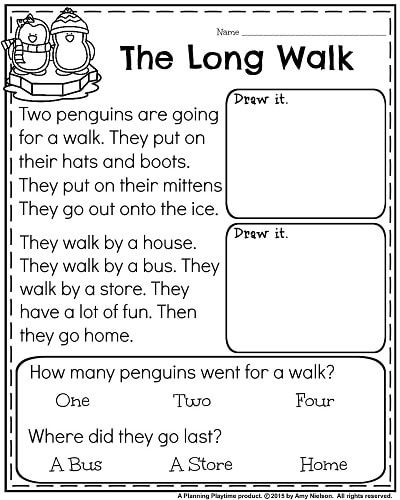 The leaves in the forest flew around. The hunters lit a fire. Potatoes were fried in a pan. She smelled delicious. Suddenly, an animal snuffled angrily in the grass. He stuck his wet black nose out of the grass. The nose sniffed the air for a long time and trembled with greed. A small badger crawled out of the thickets. He looked around. Then he took a step towards the fire, jumped and stuck his nose into the potatoes. It smelled like burnt leather. The badger rushed back to the grass to treat his nose. (68 words) (According to K. Paustovsky)
The leaves in the forest flew around. The hunters lit a fire. Potatoes were fried in a pan. She smelled delicious. Suddenly, an animal snuffled angrily in the grass. He stuck his wet black nose out of the grass. The nose sniffed the air for a long time and trembled with greed. A small badger crawled out of the thickets. He looked around. Then he took a step towards the fire, jumped and stuck his nose into the potatoes. It smelled like burnt leather. The badger rushed back to the grass to treat his nose. (68 words) (According to K. Paustovsky)
Swans
Once I saw two white birds on the lake. They were whooper swans. My grandmother said that they have been swimming here for over two weeks. So they liked this place. They want to live here. I made a floating bird feeder. He poured grain, soaked bread into it. The swans did not dare to approach the feeder for a long time. But one day one of them swam up and took the bread.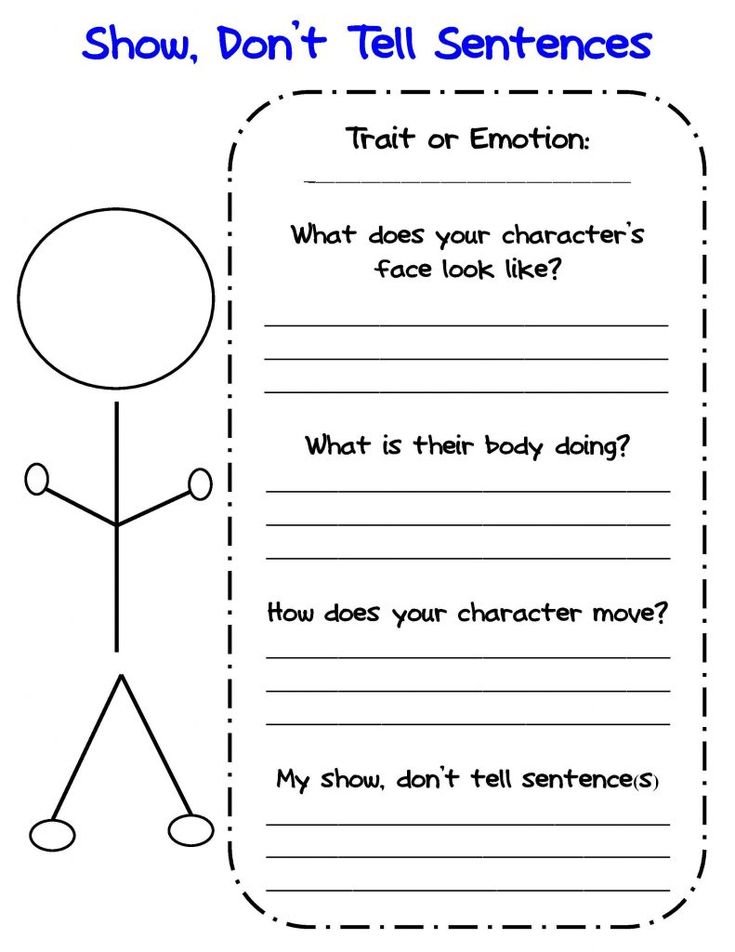 Gradually the swans got used to me. They took food straight from their hands. (70 words)
Gradually the swans got used to me. They took food straight from their hands. (70 words)
Squirrel
A squirrel built a nest on a tall pine tree in the forest. Everything is round, closed, and on one side a loophole is left so that you can climb inside. The squirrel is a dexterous animal. All day long, from knot to knot, from tree to tree, he jumps - where he picks a berry, where a fir cone. And autumn will come - then the squirrel will begin to prepare supplies for the winter. Either he will hang the mushrooms to dry, or he will hide the nuts in a hollow. It's cold, hungry in winter, so supplies will come in handy for the squirrel. (70 words) (9 each0006 V. Chaplina)
Ant path
Ants had a bridge across the stream - the tree fell, they ran along it. People used to walk here and squash the ants every day. However, insects cannot be stopped if they have chosen their own path.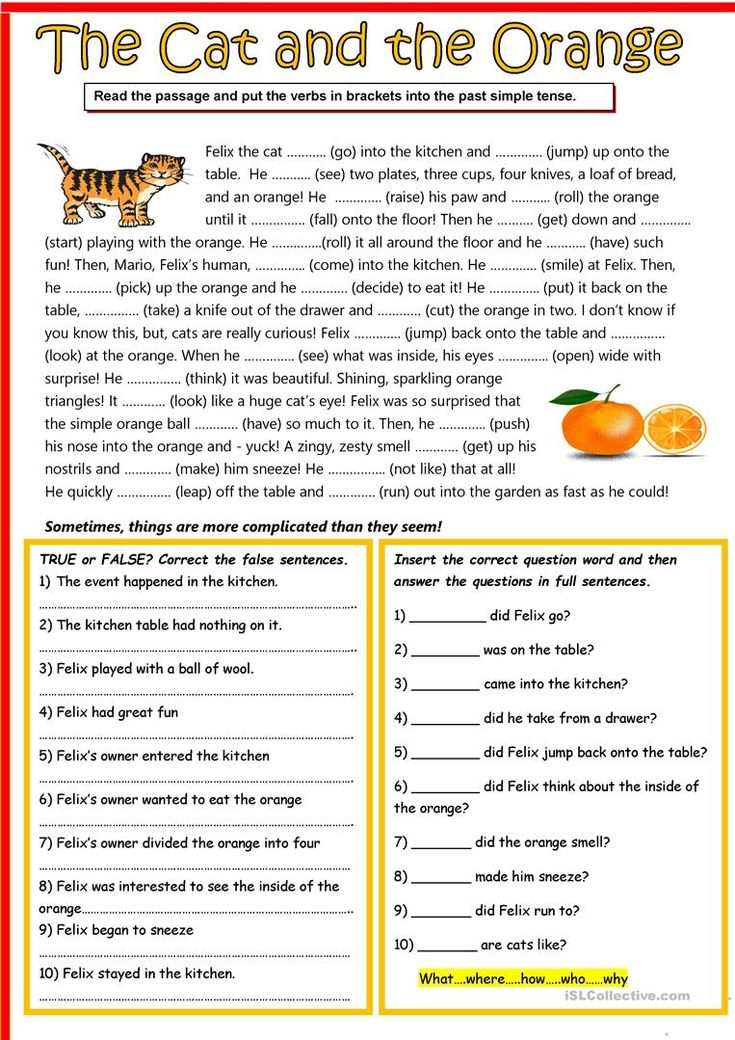 What to think? Someone did it very simply; took it and put another log next to it. Ants crawl on their bridge, and a man takes his steps on a new log. The ants, of course, did not know who took care of them. But we can say for sure: a good person did it. (72 words)
What to think? Someone did it very simply; took it and put another log next to it. Ants crawl on their bridge, and a man takes his steps on a new log. The ants, of course, did not know who took care of them. But we can say for sure: a good person did it. (72 words)
Texts to test reading technique in grade 3
Fairy tale in the forest
The great storyteller Andersen was walking in the forest. In the clearing he saw a lot of mushrooms. In the evening he returned to the clearing. Under each mushroom, he hid a candy or a ribbon. Under one is a wax flower, under the other is a thimble. Here is a gingerbread, there is an apple. In the morning the storyteller brought the forester's daughter to the clearing. She was seven years old. Under each mushroom, she found a gift. There was only gingerbread. It must have been taken by a crow. The girl's eyes burned with delight.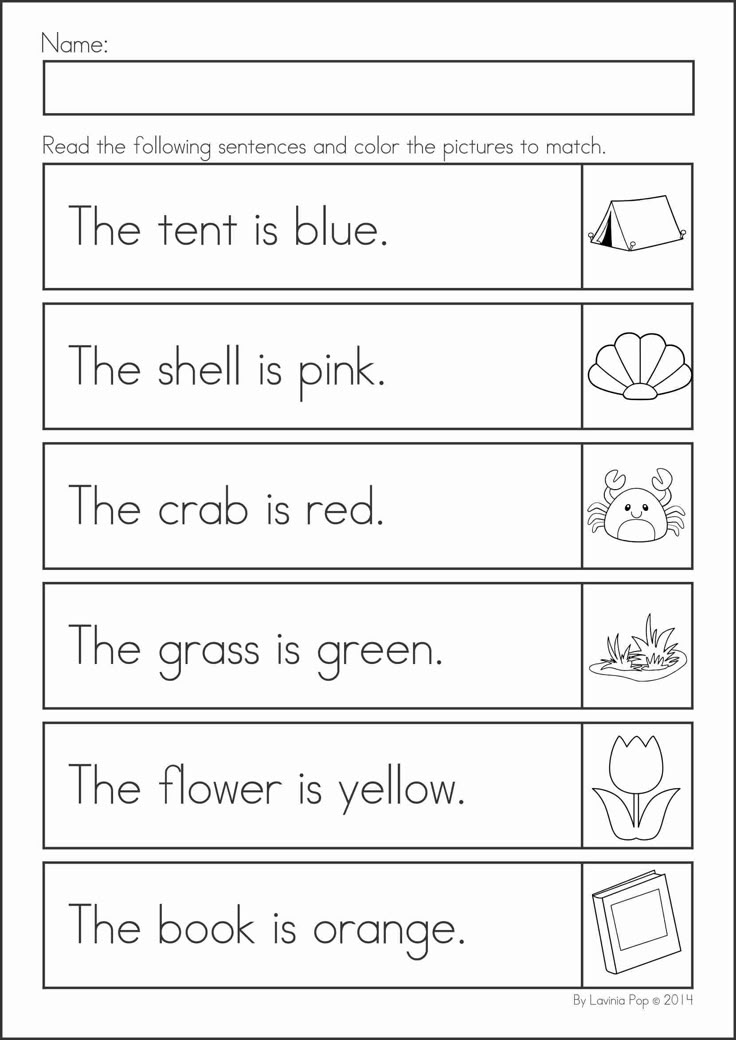 And the storyteller told her that these gifts were hidden by gnomes. (78 words) (According to K. Paustovsky)
And the storyteller told her that these gifts were hidden by gnomes. (78 words) (According to K. Paustovsky)
What are hollows ?
Every hollow in the forest is a mystery. A skilled tracker will unravel the hollow dweller by following the tracks. There are hollow rooms. Squirrels and woodpeckers spend the night in them. The owl spends the day in a hollow, and at night it flies to hunt. There are hollow pantries. The squirrel hides nuts in them. The marten will put a forest mouse in reserve. There are hollow bedrooms. All winter the bat sleeps in the hollow. She hibernates upside down. All winter he does not eat or drink anything. So many hollows, so many mysteries. (74 words) (According to N Sladkov)
Forest Gourmet
Hunters were walking through the taiga.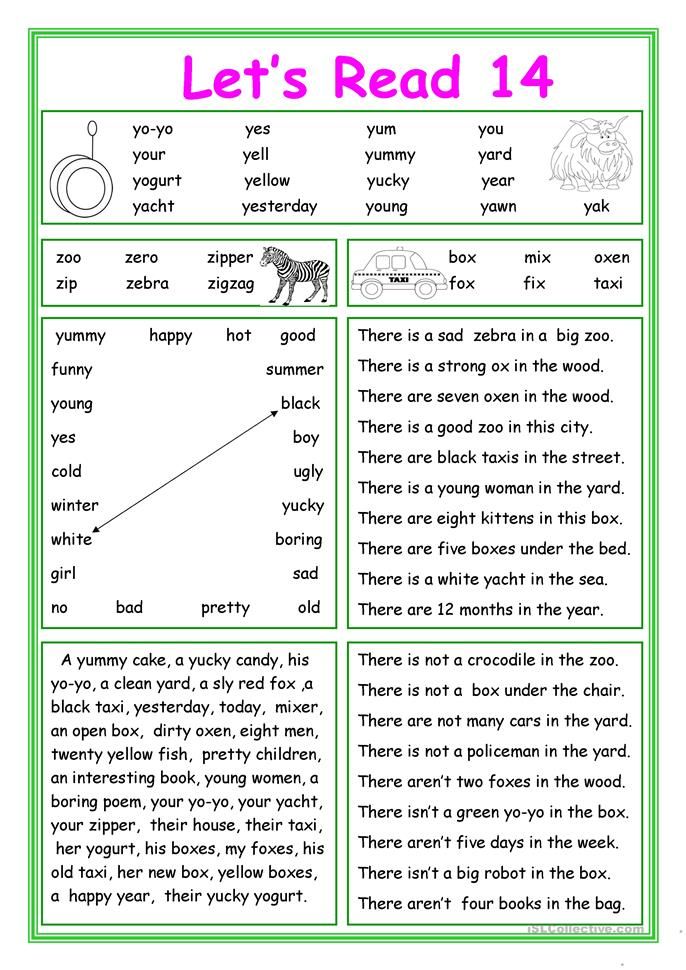 Suddenly they heard screeching and grumbling. The hunters followed the noise cautiously. A young bear was busy near a large linden tree. There was honey in the hollow. But the linden grew close to the rock. Stones interfered with sticking a paw into the hollow. The bees stung the thief. He rubbed his muzzle with his paws and shouted in a thin voice. Finally the bear got tired and sat down. He looked at the linden for a long time. Then he climbed to its top. The bear squeezed between a rock and a tree. He pressed hard on the tree with his paws. The linden crackled and collapsed. Now getting honey was easy. The hunter fired into the air. The mouse ran away. The hunters collected a bucket of honey. There was honey for the Bear. (79 words) (According to Vl. Arseniev)
Suddenly they heard screeching and grumbling. The hunters followed the noise cautiously. A young bear was busy near a large linden tree. There was honey in the hollow. But the linden grew close to the rock. Stones interfered with sticking a paw into the hollow. The bees stung the thief. He rubbed his muzzle with his paws and shouted in a thin voice. Finally the bear got tired and sat down. He looked at the linden for a long time. Then he climbed to its top. The bear squeezed between a rock and a tree. He pressed hard on the tree with his paws. The linden crackled and collapsed. Now getting honey was easy. The hunter fired into the air. The mouse ran away. The hunters collected a bucket of honey. There was honey for the Bear. (79 words) (According to Vl. Arseniev)
Antarctica
Antarctica lies in the far south. A huge ice cap more than a kilometer thick covers Antarctica.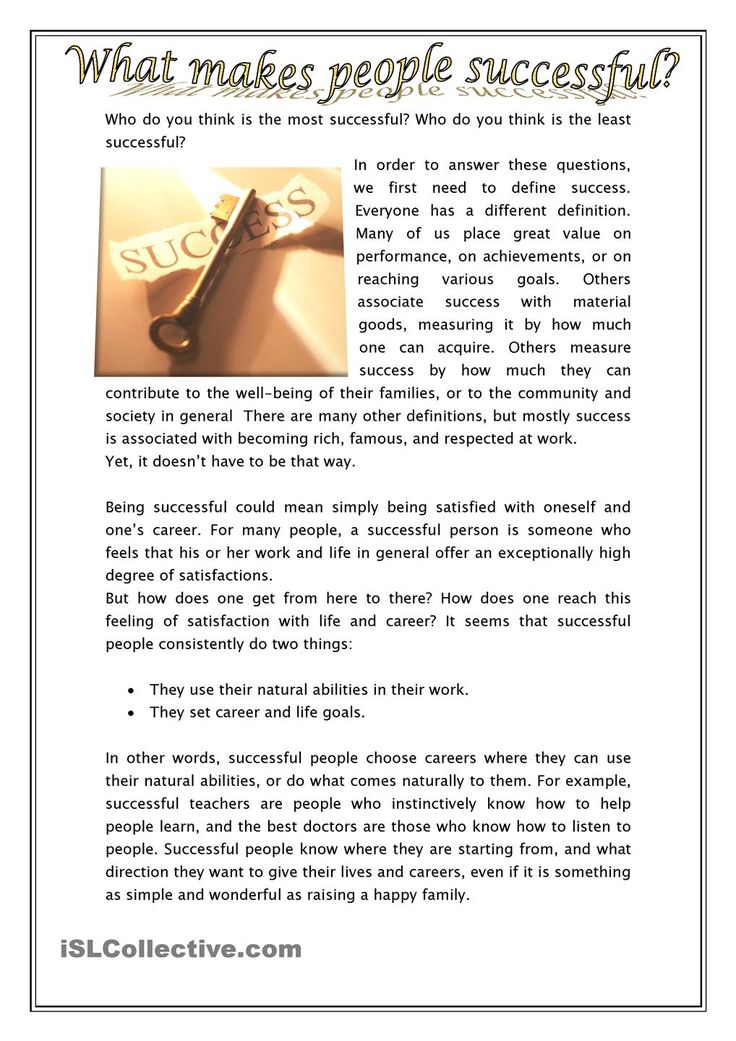 Only in some places black and brown hills, covered with rare patches of moss, protrude among the ice. Animal life of Antarctica is poor. Best of all, penguins were able to adapt to the harsh climate. They inhabit the shores of the Antarctic seas. Whales, sperm whales, dolphins swim in coastal waters. Antarctica keeps many secrets. Scientists have already mapped huge mountain ranges. There are many valuable minerals in Antarctica. But all this is hidden under the ice. Scientists around the world are exploring this area. (80 words) (From the Murzilka magazine)
Only in some places black and brown hills, covered with rare patches of moss, protrude among the ice. Animal life of Antarctica is poor. Best of all, penguins were able to adapt to the harsh climate. They inhabit the shores of the Antarctic seas. Whales, sperm whales, dolphins swim in coastal waters. Antarctica keeps many secrets. Scientists have already mapped huge mountain ranges. There are many valuable minerals in Antarctica. But all this is hidden under the ice. Scientists around the world are exploring this area. (80 words) (From the Murzilka magazine)
Morning rays
A red sun swam up in the sky and began to send its golden rays everywhere to wake the earth. The first beam passed and hit the lark. He started up, fluttered out of the nest, rose high, high and sang his silver song. The second beam hit the bunny.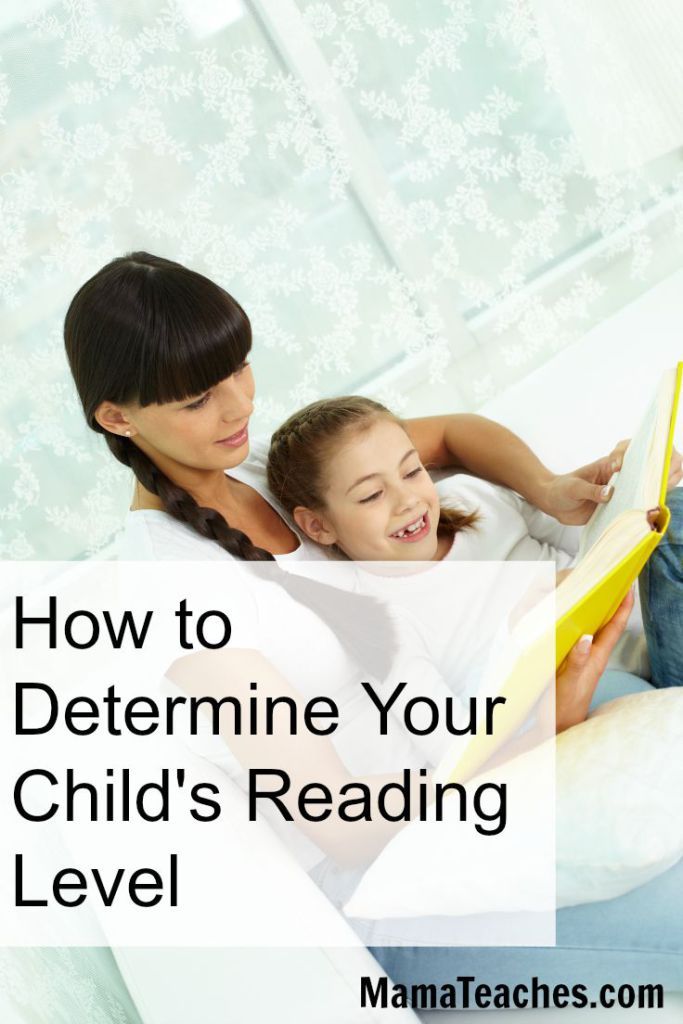 The bunny twitched its ears and hopped merrily across the dewy meadow. He ran to get himself juicy grass for breakfast. The third beam hit the chicken coop. The rooster flapped its wings and sang. The chickens cackled, began to rake up rubbish and look for worms. The fourth ray hit the hive. A bee crawled out, flew to collect honey from fragrant flowers. (86 words) (According to K. Ushinsky)
The bunny twitched its ears and hopped merrily across the dewy meadow. He ran to get himself juicy grass for breakfast. The third beam hit the chicken coop. The rooster flapped its wings and sang. The chickens cackled, began to rake up rubbish and look for worms. The fourth ray hit the hive. A bee crawled out, flew to collect honey from fragrant flowers. (86 words) (According to K. Ushinsky)
Texts to test reading technique in grade 4
Crane
The arrival of cranes promises close warmth. Our people love these birds. He composed many fairy tales and songs about cranes. The crane is very tall on its feet. It has large wings and long feathers. The beak of the crane is strong and sharp. The crane builds a nest right in the hole in the field. The crane lays two large eggs on dry grass. The young are taken away by their parents into the bushes or into the reeds.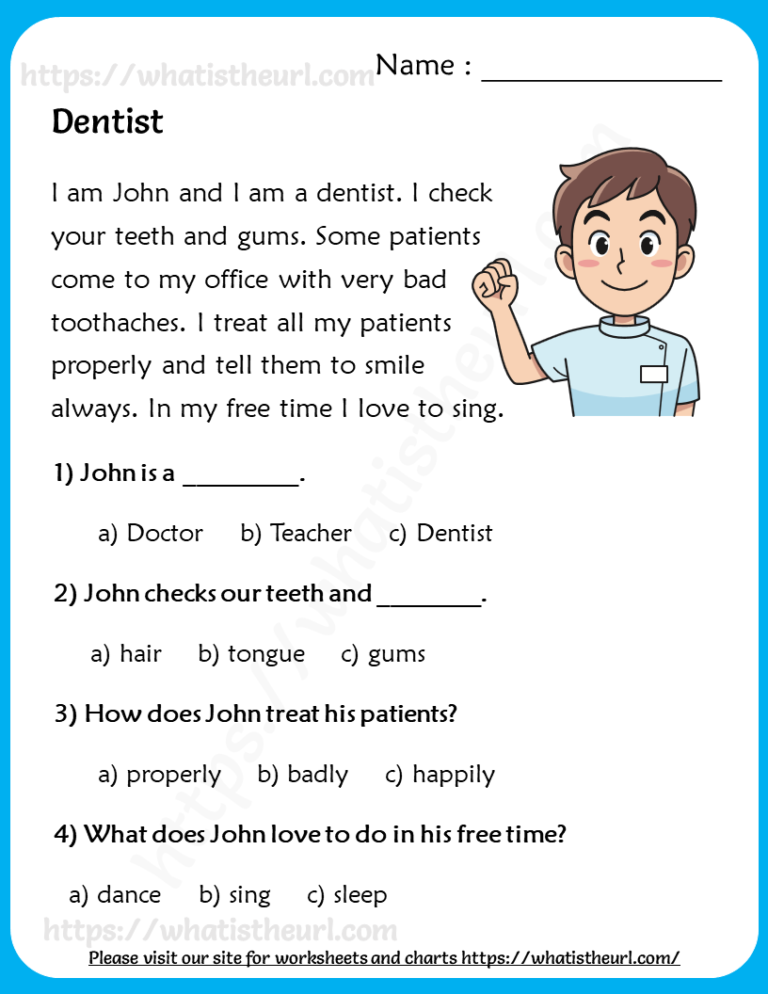 A wounded crane rushes on its back and beats the dog with its legs and beak. One hunter lost an eye while trying to grab a wounded crane. Now hunting for cranes is prohibited in our country. (95 words) (According to S. Aksakov)
A wounded crane rushes on its back and beats the dog with its legs and beak. One hunter lost an eye while trying to grab a wounded crane. Now hunting for cranes is prohibited in our country. (95 words) (According to S. Aksakov)
Apple tree
A wild apple tree grew in the forest. In autumn, a sour apple fell from it. The birds pecked at the apple and pecked at the grains. Only one grain hid in the ground and remained. In the spring, when the sun warmed the wet earth, the grain began to germinate. The spine went down, and the first two leaves were kicked up. A stalk with a bud ran out from under the leaves, and green leaves came out of the bud. Bud after bud, leaf after leaf, twig after twig — and five years later a pretty apple tree stood where the seed had fallen. A gardener came to the forest, carefully dug up an apple tree, did not damage the roots, transferred it to the garden and planted it in good soil.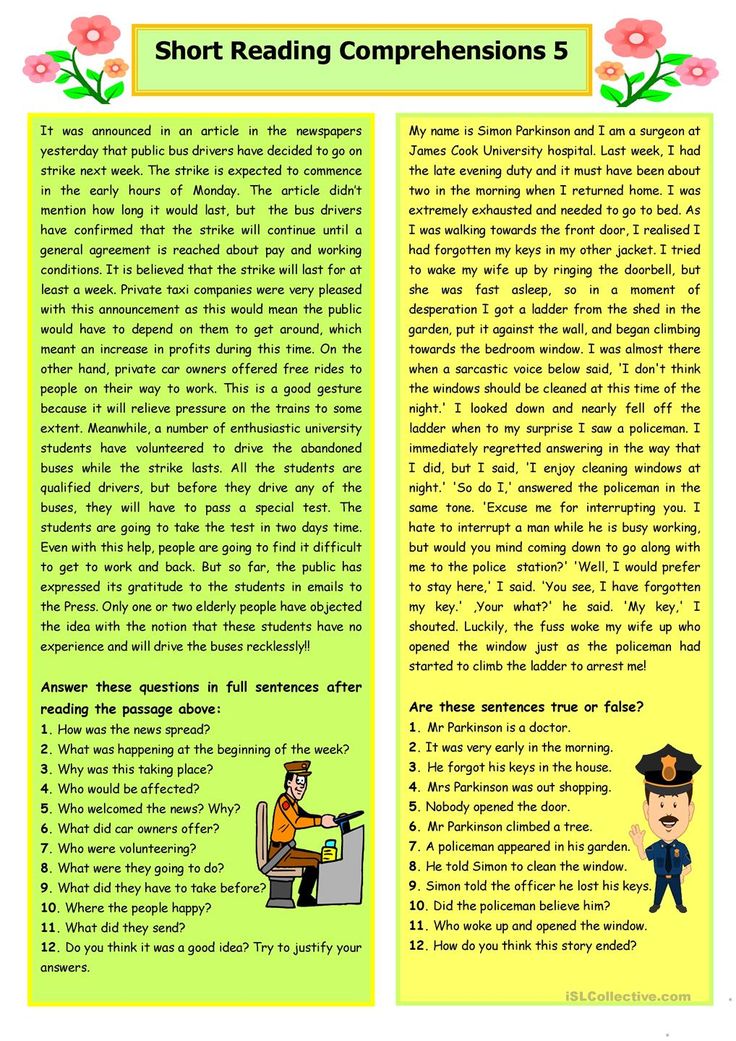 (97 words) (According to K. Ushinsky)
(97 words) (According to K. Ushinsky)
Kitten
Once the children went for a walk on the road and took a kitten with them. The wind stirred the straw on the road, and the kitten played with the straw, and the children rejoiced at looking at him. Suddenly they saw a hunter galloping ahead of him with two dogs. And the stupid kitten, instead of running, crouched down on the ground, hunched his back and looks at the dogs. Katya was frightened by the dogs, screamed and ran away from them. And Vasya, with all his heart, set off to the kitten and at the same time as the dogs ran up to him. The dogs wanted to grab the kitten, but Vasya fell on the kitten with his stomach and closed it. The hunter jumped up and drove the dogs away. (99 words) (According to L. Tolstoy)
Colorful boats
How many colorful boats are on our pond today: yellow, red, orange! They all came here by air.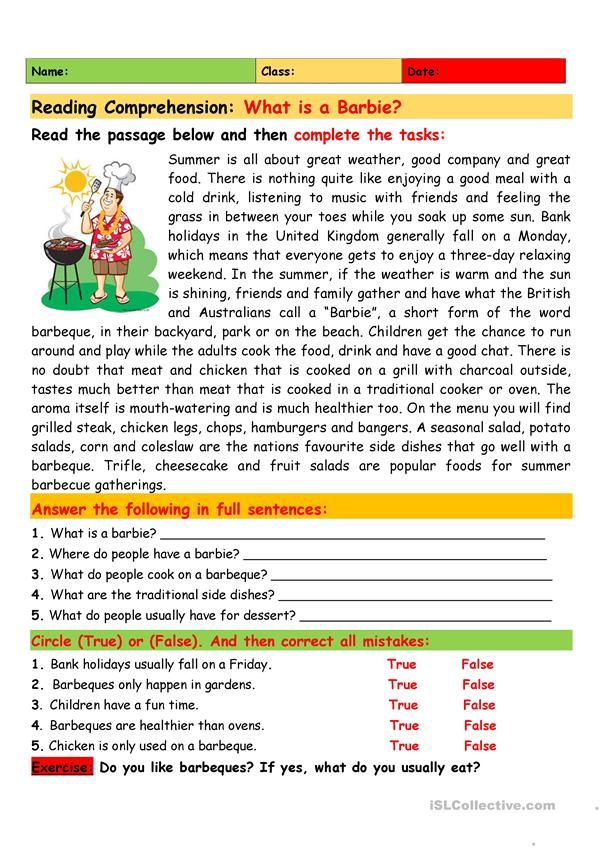 Beautifully swaying, they sank into the water quietly and smoothly, And still new ones continue to arrive. A boat will fly in, sink into the water and immediately sail with raised sails. Many more will fly in today, tomorrow, the day after tomorrow ... There is still a large supply of such boats on the trees surrounding our beautiful pond. While flying more and more maple. They set out ahead of others. These are the most sailing boats. Their pointed blades are bent upwards. The wind pushes against them like sails. And what elegant ones are between them, just lovely! Here floats a whole detachment of absolutely crimson. So they burn in the sun! This is all from that lush maple that flaunts on the shore. (118 words) (According to D. Kaigorodov)
Beautifully swaying, they sank into the water quietly and smoothly, And still new ones continue to arrive. A boat will fly in, sink into the water and immediately sail with raised sails. Many more will fly in today, tomorrow, the day after tomorrow ... There is still a large supply of such boats on the trees surrounding our beautiful pond. While flying more and more maple. They set out ahead of others. These are the most sailing boats. Their pointed blades are bent upwards. The wind pushes against them like sails. And what elegant ones are between them, just lovely! Here floats a whole detachment of absolutely crimson. So they burn in the sun! This is all from that lush maple that flaunts on the shore. (118 words) (According to D. Kaigorodov)
At the bottom of the snowy sea
There is no worse beginning of winter for field and forest animals than a little snow! The bare ground freezes deeper and deeper, becoming hard as stone.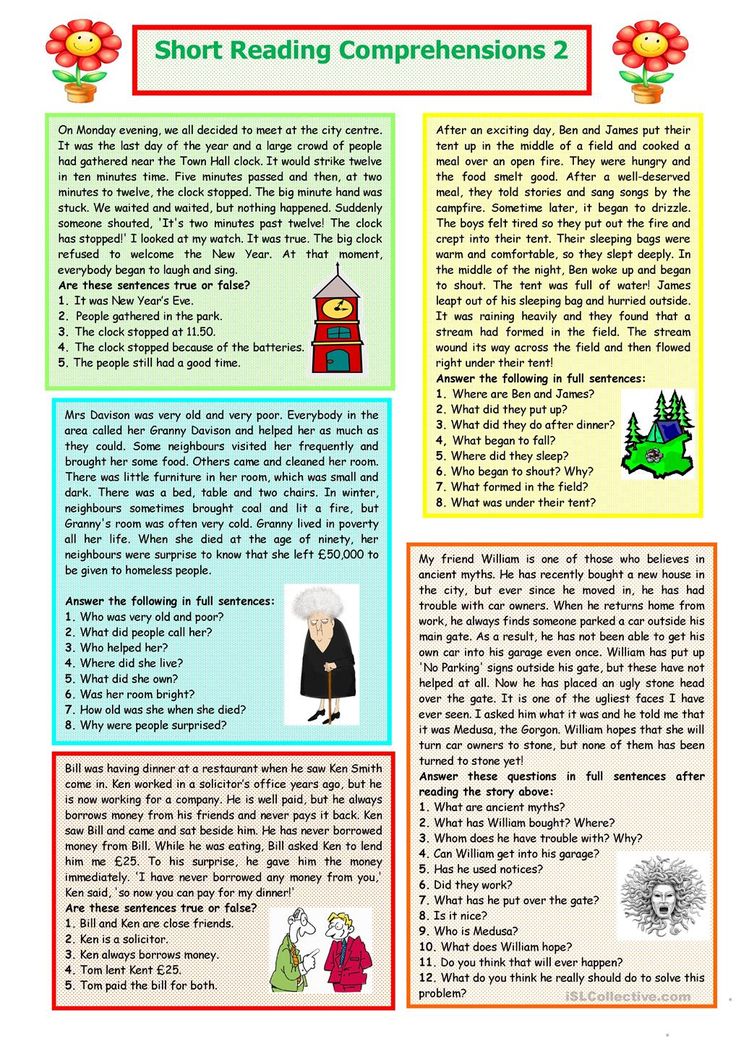 It became cold in the minks. But now it's snowing. Knocks and knocks and no longer melts. A dry snowy sea covers the land. Hazel grouse, black grouse, even capercaillie dive headlong into it. Mice-voles come out of their underground dwellings, run along the bottom of the snowy sea. A predatory weasel dives tirelessly in it, sneaks up invisible to mice and birds under the snow. It is much warmer at the bottom of the snowy sea than at its surface. Freezing winds don't get in here. A thick layer of dry water does not let a big frost to the ground. Many mice build their winter nests right on the ground under the snow - sort of like going to the country in winter. (120 words) (According to V. Bianchi)
It became cold in the minks. But now it's snowing. Knocks and knocks and no longer melts. A dry snowy sea covers the land. Hazel grouse, black grouse, even capercaillie dive headlong into it. Mice-voles come out of their underground dwellings, run along the bottom of the snowy sea. A predatory weasel dives tirelessly in it, sneaks up invisible to mice and birds under the snow. It is much warmer at the bottom of the snowy sea than at its surface. Freezing winds don't get in here. A thick layer of dry water does not let a big frost to the ground. Many mice build their winter nests right on the ground under the snow - sort of like going to the country in winter. (120 words) (According to V. Bianchi)
Fox School
A fox has settled in the very depths of the forest. She had five foxes. They sting in a dark hole. The children were blind and without teeth. The mother fed them with her milk. The eyes of the little ones have been opened. The mother began to drive them out of the hole. Rogues run and play. Brothers and sisters are rolling on the grass. And their mother takes care of them. Hears a rustle, drives the children into the hole. The cubs have grown up. Their mother teaches them to catch prey. Let a live mouse go between the cubs, and they catch. The teacher strictly supervises the students. A little onlooker misses a mouse, a fox bites him with his teeth. Then the mother taught the foxes to catch butterflies and bugs. Little hunters boldly rush at everything that moves. Now they are looking for food themselves. The fox school helped them. Winter has come. The animals got bigger. Their fur is red and fluffy. Now they are learning fox tricks. Fox cubs can hear the hunter. Young animals learn to scare the trail and run away from dogs. Soon the cubs will become adult foxes. They will run away from their mother in different directions.
The eyes of the little ones have been opened. The mother began to drive them out of the hole. Rogues run and play. Brothers and sisters are rolling on the grass. And their mother takes care of them. Hears a rustle, drives the children into the hole. The cubs have grown up. Their mother teaches them to catch prey. Let a live mouse go between the cubs, and they catch. The teacher strictly supervises the students. A little onlooker misses a mouse, a fox bites him with his teeth. Then the mother taught the foxes to catch butterflies and bugs. Little hunters boldly rush at everything that moves. Now they are looking for food themselves. The fox school helped them. Winter has come. The animals got bigger. Their fur is red and fluffy. Now they are learning fox tricks. Fox cubs can hear the hunter. Young animals learn to scare the trail and run away from dogs. Soon the cubs will become adult foxes. They will run away from their mother in different directions.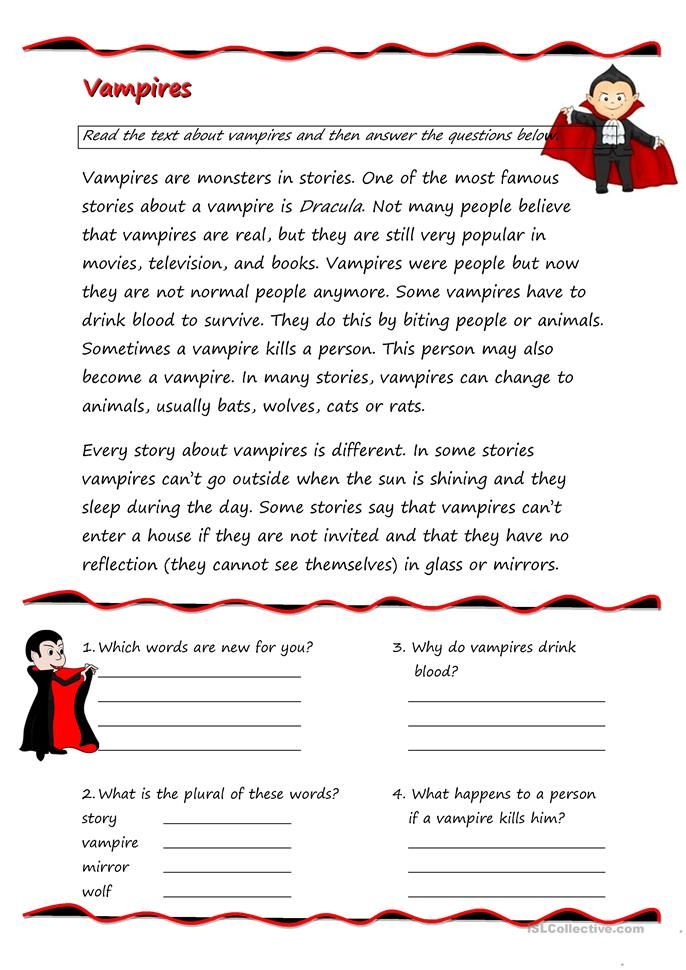 They will go hunting on their own. Bunny foxes will find on the trail. There will be predators in prey and a mouse, and a bird. (144 words) (According to A. Bostrom)
They will go hunting on their own. Bunny foxes will find on the trail. There will be predators in prey and a mouse, and a bird. (144 words) (According to A. Bostrom)
Who has the best house
It's time to hatch the chicks. Everyone built a house in the forest. It turns out that the entire forest from top to bottom is now occupied by housing. It's not easy to decide which house is the best. The largest nest of an eagle. It is made of thick boughs and is placed on a huge thick pine. The smallest nest of the yellow-headed beetle. His whole house is the size of a fist, and he himself is smaller than a dragonfly. The mole has the most cunning house. He has so many emergency passages and exits that you can’t cover him in any way in his hole. The most beautiful house near the warbler. She built a nest for herself on a birch branch, cleaned it with lichen and light birch peel, and wove pieces of multi-colored paper for decoration that were lying in the garden of some dacha.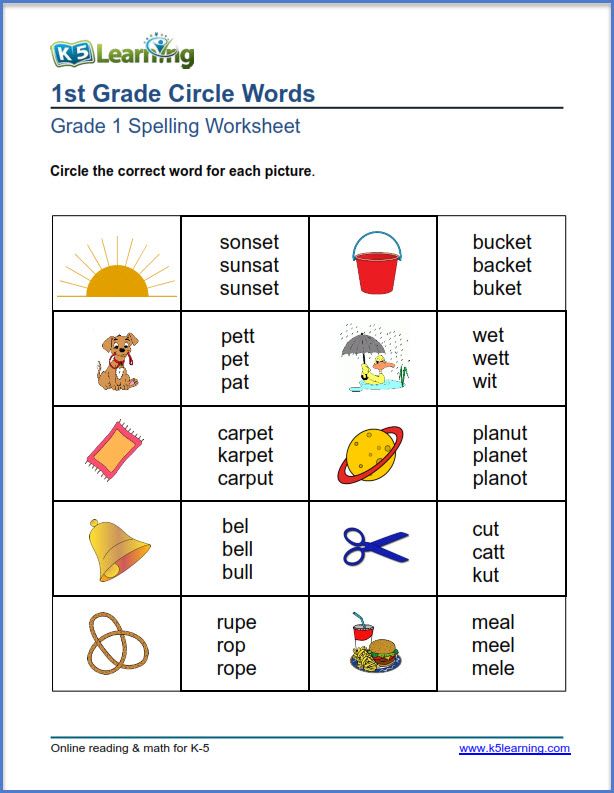 The coziest nest of the long-tailed tit. Her nest is made of fluff, feathers and hairs on the inside, and moss and lichens on the outside. It is all round, like a pumpkin, and its entrance is round, small, in the very middle of the nest. (150 words) (According to V. Bianchi)
The coziest nest of the long-tailed tit. Her nest is made of fluff, feathers and hairs on the inside, and moss and lichens on the outside. It is all round, like a pumpkin, and its entrance is round, small, in the very middle of the nest. (150 words) (According to V. Bianchi)
How to test reading technique correctly?
- Choose the right time.
- Eliminate all distractions: TV, computer, cell phone.
- Prepare everything you need: an hourglass for 1 minute (it's better than just a stopwatch on your phone) and text.
- Sit the child at the table and put a printed text in front of him (preferably 14 font).
- Sit down and put down the hourglass.
- Say "Start". At this point, the child begins to read, and you turn the clock.
- Watch the time and at the same time you need to listen carefully, noting for yourself the mistakes made.
- Say "Stop" when exactly one minute has passed.
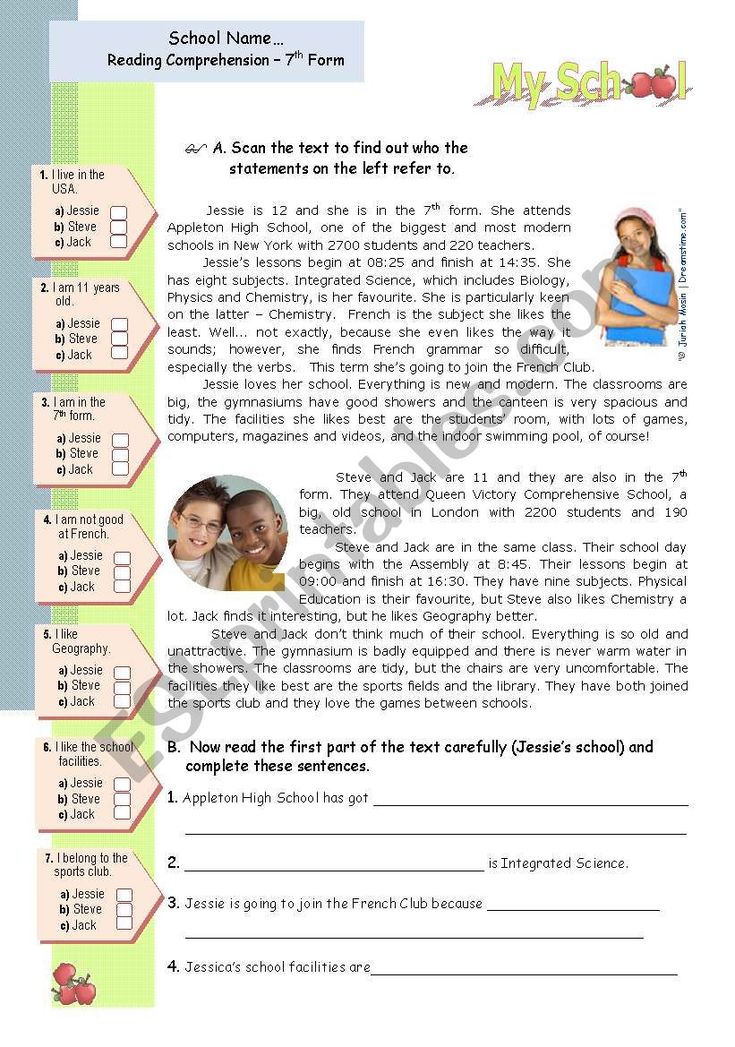
- Ask the child questions about the text. At least ask about what he understood.
How to evaluate reading speed?
The speed or pace of reading is determined by the number of words that the child managed to read in a minute. When counting words, all prepositions and conjunctions must be taken into account.
Criterion for the correctness of includes not only the correct reading of each word, but also the correct placement of stress. You should also pay attention to repetitions of words or sentences. This is also considered a mistake. But! You can not stop the child during the check and point out these errors to him. You will deal with them after the check is completed. Go back to the "wrong" words and read them again.
Awareness of the read text. It is necessary not only to read fluently, but also to understand what it is about. That is to read consciously. To test awareness, ask the child two or three questions about the text. You don't need to retell anything. The answers to your questions will suffice. The process of reading comprehension largely depends on the amount of attention your child has.
You don't need to retell anything. The answers to your questions will suffice. The process of reading comprehension largely depends on the amount of attention your child has.
Pay attention to expressiveness , the presence of intonational pauses, logical stresses.
For yourself, you can note the way of reading : by syllables, syllables + whole words or reading in whole words.
When grading, special attention is paid to three criteria: speed, awareness, correctness.
Reading Technique Chart
If you wish, you can use the special chart used by primary school teachers to test reading proficiency. It takes into account all the necessary parameters, namely: the speed and correctness of reading, expressiveness, awareness and the way of reading. You can record the results of the child in it with the date. The progress of the young reader will be clearly visible.
Download a table to test reading technique
Graph for building reading speed
Sometimes, for even greater visibility of progress in reading, it is good to use an individual graph for increasing reading speed.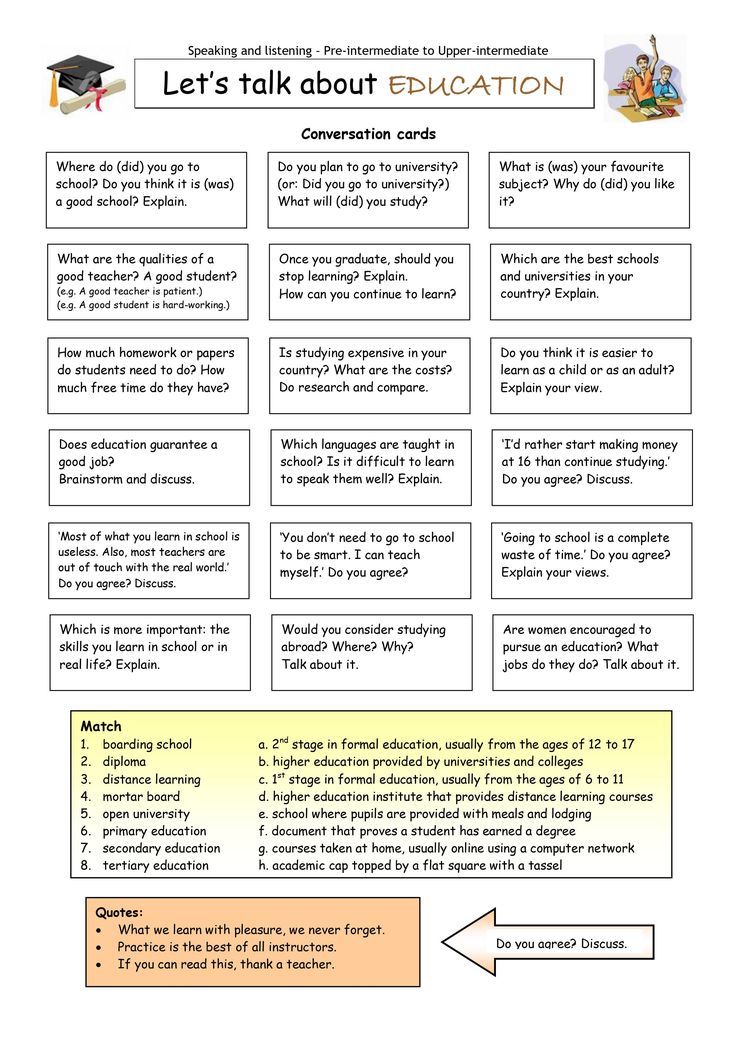 Every quarter, a dot is marked on it, corresponding to the number of words read per minute. The points, as they appear, are connected to each other. The reading speed growth curve will definitely go up! The child will see his result. A situation of success is created that will inspire the young reader to conquer new heights.
Every quarter, a dot is marked on it, corresponding to the number of words read per minute. The points, as they appear, are connected to each other. The reading speed growth curve will definitely go up! The child will see his result. A situation of success is created that will inspire the young reader to conquer new heights.
Download reading speed chart
Reading technique tester
To test reading technique, you can also use a special interactive simulator. It is easy to download to your computer. It is very easy to use. A child can easily test his reading speed on his own. The simulator is equipped with a stopwatch, all texts are divided into classes and quarters.
You can download the interactive reading speed simulator
for FREE. But it does not solve the issue of improving reading technique.
And reading technique needs to be trained!
There are many ways to do this.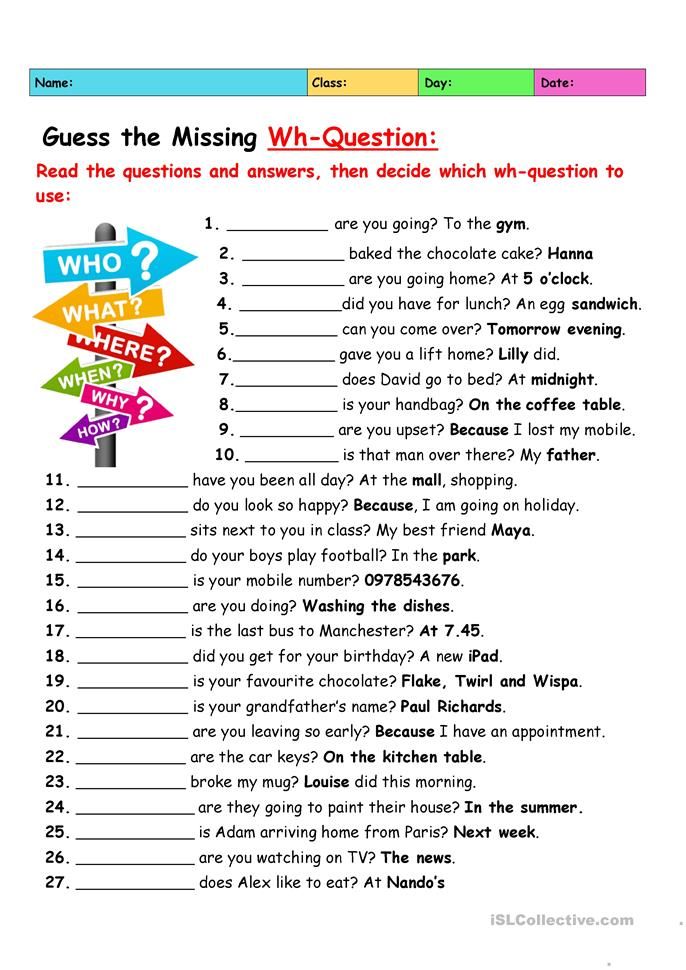 You can find some of them in the article about speed reading.
You can find some of them in the article about speed reading.
speed reading training will help you achieve significant results. Specially formed texts and exercises will help in a short time to increase reading speed, reading comprehension, develop speech and attention.
Speed reading training is:
- Ready and very easy to use set of valuable materials;
- 100 special texts for developing speed reading skills;
- 25 types of the most effective exercises with a text on the development of reading technique;
- 180 pages of valuable exercises;
- 80 pages bonus effective materials for the development of speech, attention and speed reading;
- Each training page can be used independently from the others;
- Easy to print for individual or class use.

After completing the training, the child will begin to read at least 2-3 times faster and learning performance will improve.
Download TRAINING on speed reading and development of speech
And get
GIFT
0650
Give your child a chance to become more successful and confident!
You can also purchase the BIG BOOK OF SYLLING TABLES
O. Naumova "The Big Book of Syllable Tables"
(do not repeat the tables from the gift)
Tables for reading syllables and words are one of the best and necessary tools for learning reading and to improve the quality of reading.
Purchasing the BIG BOOK OF SYLLING TABLES
You will receive:
- Ready tool for practicing reading and speed reading skills;
- 200 syllabic tables of different levels of complexity;
- professional spreadsheet technique.
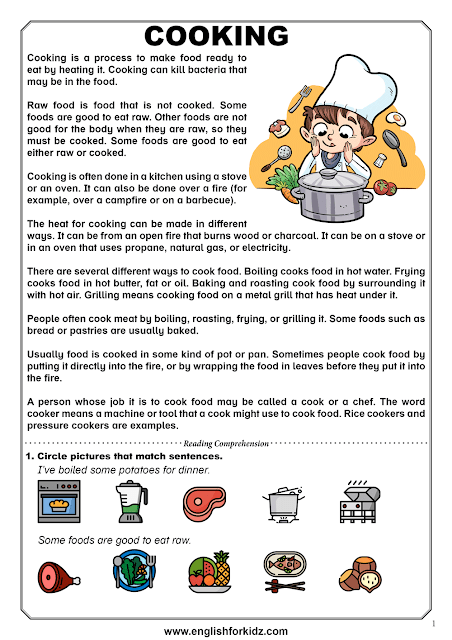
The most effective methods will allow each table to be used repeatedly several times, increasing the child's interest in reading.
The child will receive:
- improved reading skills;
- increased reading speed;
- improved diction;
- reading comprehension;
- development of thinking and attention;
- expansion of vocabulary;
- increased self-confidence.
The child will stop stumbling over difficult words while reading.
The process of reading will become natural and painless.
You can easily print the pages you need. All pages of the book can be used separately.
BIG BOOK OF SYLLING TABLES is suitable for those who are just taking their first steps in reading, and for those who want to significantly improve the quality of reading.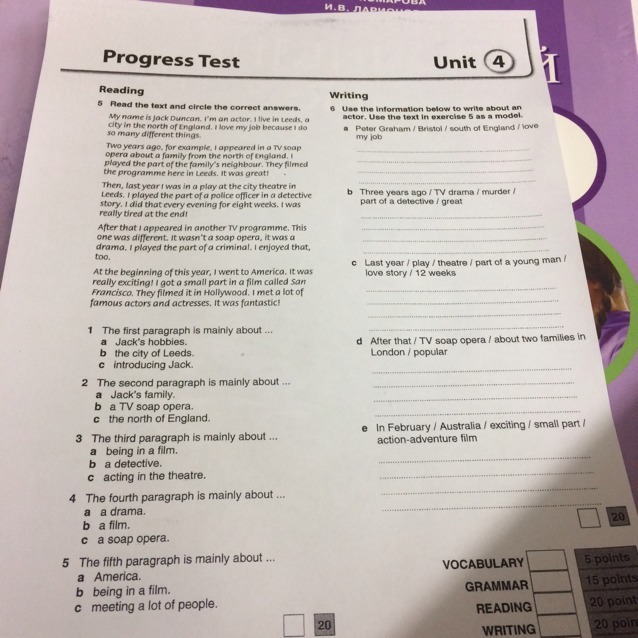
Download
O. Naumova "Noisy texts for reading and retelling"
The skill of high-quality reading and writing depends on the state of visual perception and attention of the child.
The better the child recognizes visual images, the better he reads and writes more competently.
Working with noisy texts engages the child's brain as much as possible and greatly increases the productivity of classes. At the same time, there is a development of figurative thinking, attention, memory, the ability to understand what is read.
In the book you will find:
- Noisy texts with questions;
- Texts with questions for reading, retelling, checking reading technique;
- Methods of working with noisy texts;
- High productivity options;
- Exercises for developing speech and reading comprehension.

As a result, the child:
- increases reading speed;
- attention and memory develop;
- conscious reading skills are developed;
- develop self-control skills;
- speech develops;
- the number of writing errors decreases;
- the process of writing summaries and essays is facilitated;
- improvement of educational performance.
Suitable for individual and group lessons.
Easy to print and use.
The Noisy Texts book series consists of three parts.
Texts differ in the number of words, complexity and degree of noise.
It is desirable to work on all three levels of difficulty.
Level 1
Number of words in texts 25-55.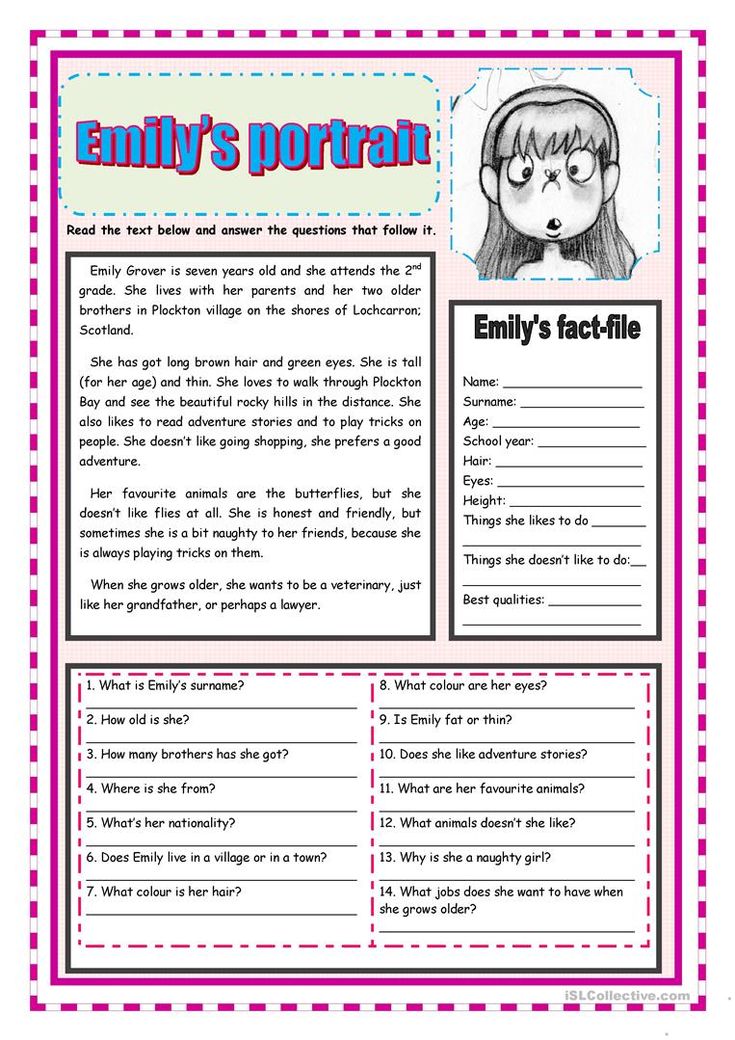 A simple noisemaker.
A simple noisemaker.
Download
Level 2
Number of words in texts 35-75. Inclined skimmer.
Download
Level 3
Number of words in texts 45-95. Complicated noise.
Download
Sincerely, Olga Naumova
Come to
Bookshop for useful books!
Thank you for sharing this article on social networks!
Reading speed in children ✅ IQsha.ru Blog
What affects high reading speed? To answer this question, let's understand what it is. Fast reading suggests that the skill of putting letters into words and translating printed characters into speech is automated. So, while reading, you can think not about finding out the meaning of each individual word, but about extracting meanings from the entire text. You can think, ask questions to the text, fantasize. That's why teachers around the world don't stop at learning letters and putting them into words, but encourage children to increase their reading speed.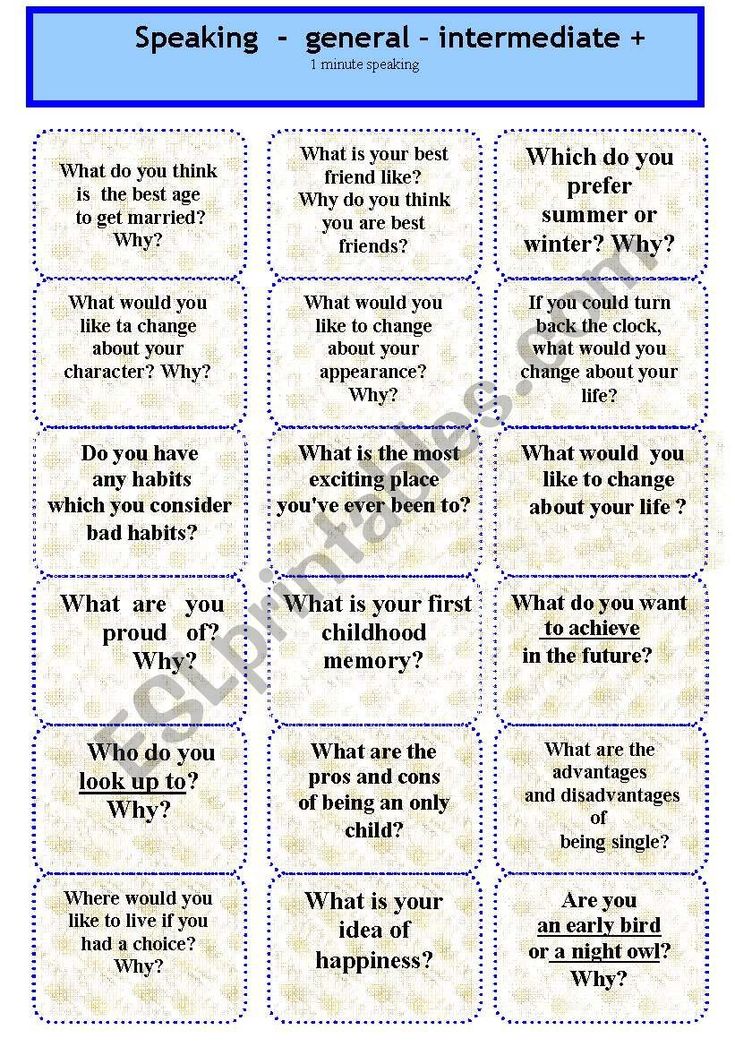
Do you want to study online? Start right now
So, the faster a child reads, the better he/she:
-
understands the text more successfully;
-
learns unfamiliar words more reliably;
-
completes tasks faster in the lesson;
-
learns more information per lesson..
What reading speed should be?
In elementary school, students are given a kind of reading speed test. It is believed that a child in grade 1 reads “normally” at a speed of 25 words per minute, in grade 2 - from 50 words per minute and faster, in grade 3 - from 75 and in grade 4 - from 95. A primary school graduate reads well if his reading speed approaches the speed of speech - 120-150 words per minute.
“Normal” speeds are achieved by some children solely due to natural learning abilities. For some, motivation in the form of family reading or interesting texts helps. And some do not like reading as a process (like adults, for example, do not like to draw or fish) - and it will not work to achieve a combination of “speed-quality-understanding” of reading with ordinary suggestion and notations from adults.
How to improve reading speed in children? Let's separate the two goals: reading aloud and "silently". Each of these goals will have different methods and practice exercises. It should be noted that the success of classes to increase the speed of reading does not depend on the duration of these classes, but on the regularity. It is better to practice every day without skipping three times a day for 5 minutes than once a week for 30 minutes.
Develop your working memory
Memorizing a character or word you just read is a subtle but important point in increasing your reading speed. Working memory can and should be improved, this will require special exercises. For example:
-
Visual dictation. The child considers a set of characters or reads a short text for literally 10 seconds, and then draws or writes down what he remembers on a piece of paper.
-
Schulte tables. You can find a huge number of them on the web. The meaning of working on such tables is to visually find certain symbols or to find in order the numbers that are randomly scattered around the sheet.
 The child must remember where on the sheet he already looked for and counted the symbol, or where this or that number was when he was looking for a completely different one.
The child must remember where on the sheet he already looked for and counted the symbol, or where this or that number was when he was looking for a completely different one.
-
Name the objects. Show your child a group of real objects or picture cards, 5 to 10 pieces. Ask to turn away and name everything that the child saw and remembered.
-
Remember the figures. Draw shapes on a sheet of paper in a certain sequence and color them. Invite the child to look at the sample for 10-15 seconds, and then draw and color the figures in the same sequence on their sheet.
Complete online tasks from Aikyusha
Speed of reading aloud
1. Reading with a stopwatch. Set a timer or hourglass for 1 minute and have your child read aloud. When the minute is over, you need to remember which word the child stopped on, and then start the timer again. Let the child read the same text and again remember at the end of the minute which word he stopped on.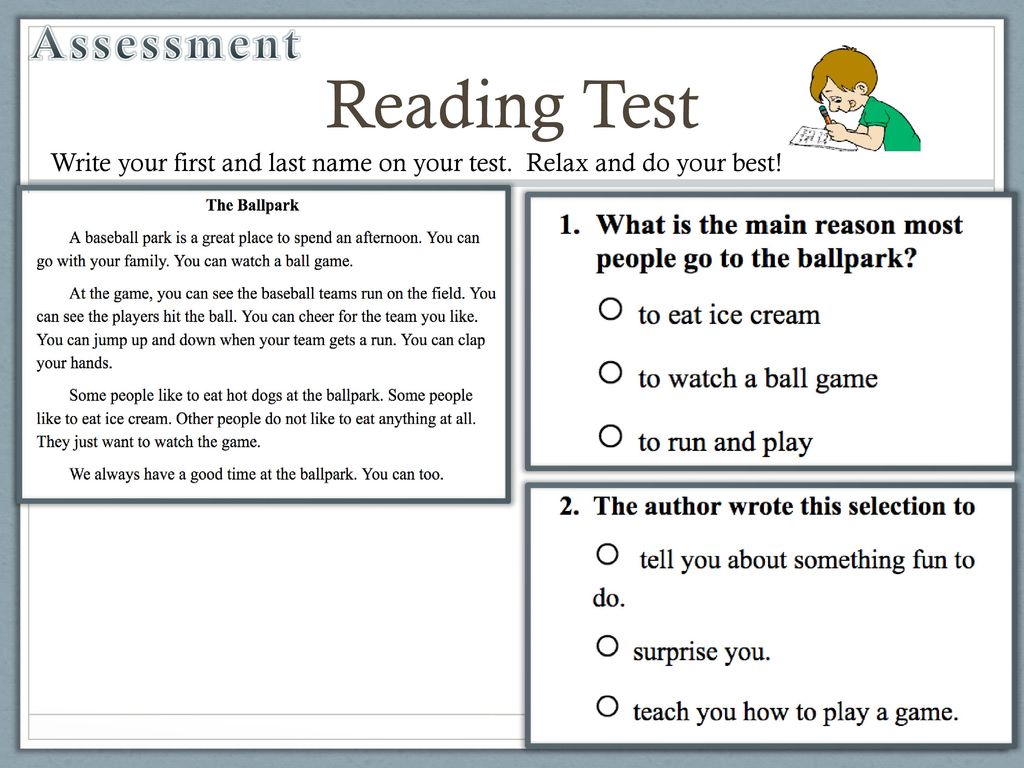 Repeat the stopwatch reading the next day. There is no need to draw any conclusions and comments, and there is no need to strive for a faster reading at this stage either. On a familiar text, automation of the reading skill will happen by itself!
Repeat the stopwatch reading the next day. There is no need to draw any conclusions and comments, and there is no need to strive for a faster reading at this stage either. On a familiar text, automation of the reading skill will happen by itself!
2. Reading tongue twisters. To get started, teach your child to quickly pronounce some simple tongue twisters by heart. When the principle “what to do with the language and everything else” becomes clear, invite the child to read unfamiliar tongue twisters - first slowly, and then several more times faster and faster. For example:
Staffordshire terrier is zealous, and black-haired Giant Schnauzer is frisky.
Beavers wander into the cheeses of the forests. Beavers are brave, but kind to beavers.
Our Polkan from Baikal lakal. Lakal Polkan, lakal, but not shallow Baikal.
3. Interrupted reading. Prepare a template from paper or cardboard with narrow vertical stripes that will cover part of the text.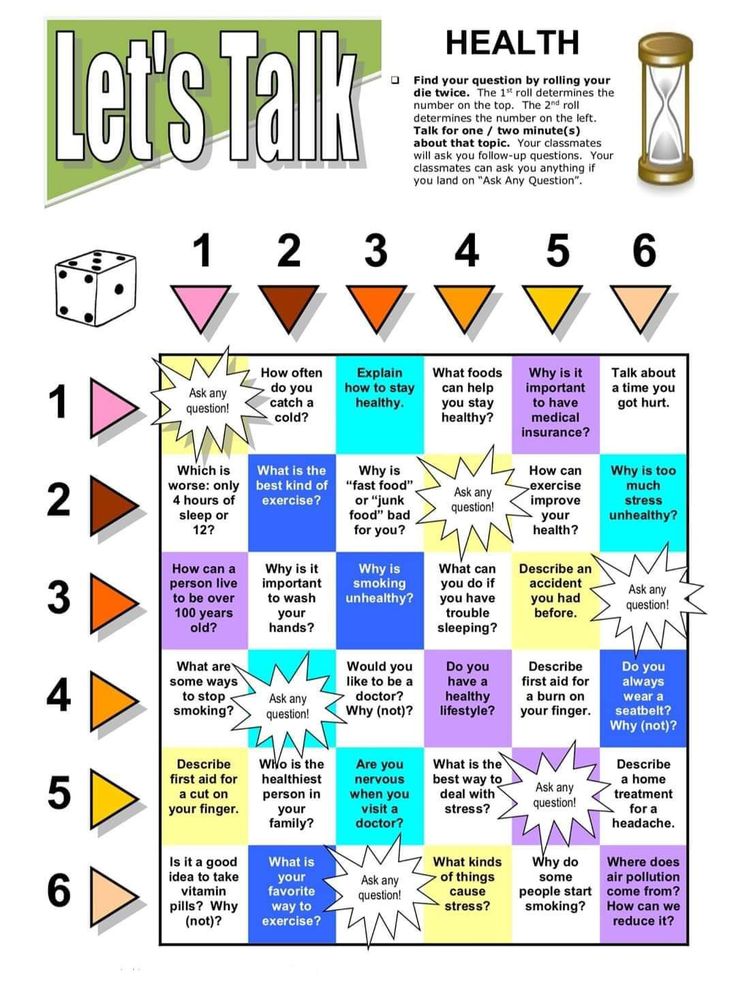 The task of the child is to “finish” the interrupted words to complete ones and understand the entire text. After reading through such a “cage”, be sure to ask the child to retell the text. With regular exercises of this kind, reading speed will soon improve.
The task of the child is to “finish” the interrupted words to complete ones and understand the entire text. After reading through such a “cage”, be sure to ask the child to retell the text. With regular exercises of this kind, reading speed will soon improve.
4. Lightning. The child reads one text, but according to a prearranged signal (clap, snap of fingers), his task is to read either very quickly, or more slowly.
Silent reading speed
-
Selective reading. In any text editor, write down a short text, highlight it in a certain font, make the letters large. And between the letters of this text, place small gray letters. Ask your child to read only what is written in large black letters.
-
Tug. The text is read by an adult, changing the tempo from slow to fast and vice versa. The child must follow the text with his eyes.
-
Trap. The adult reads the text, the child follows the text with his eyes. Instead of some words, an adult pronounces synonyms aloud (for example, instead of a road - a path, instead of a white one - light, etc.
